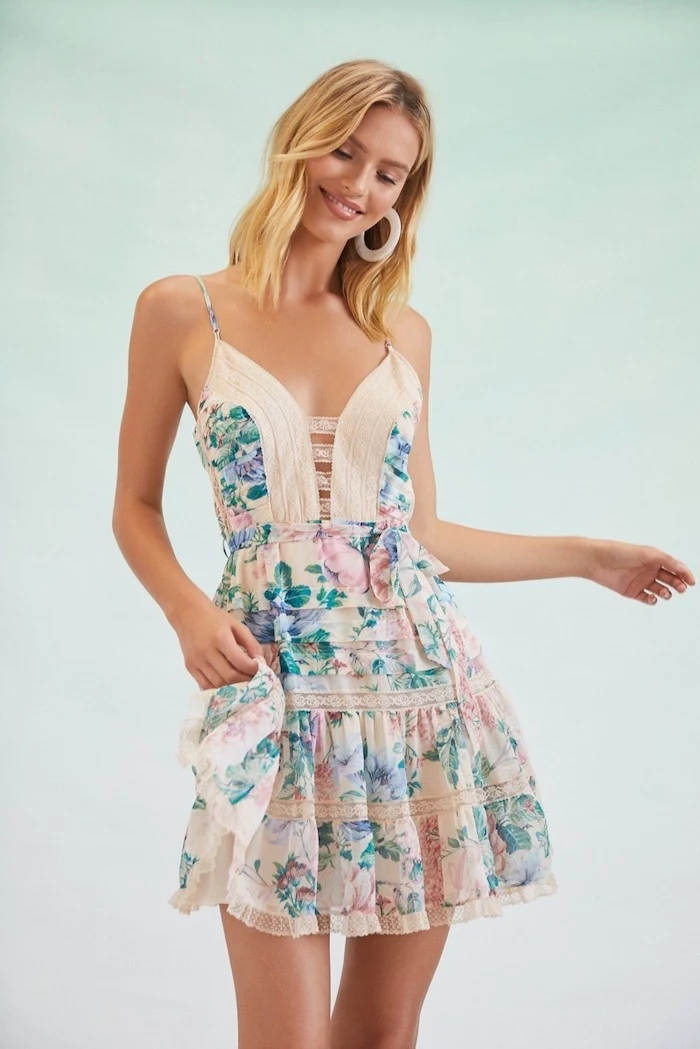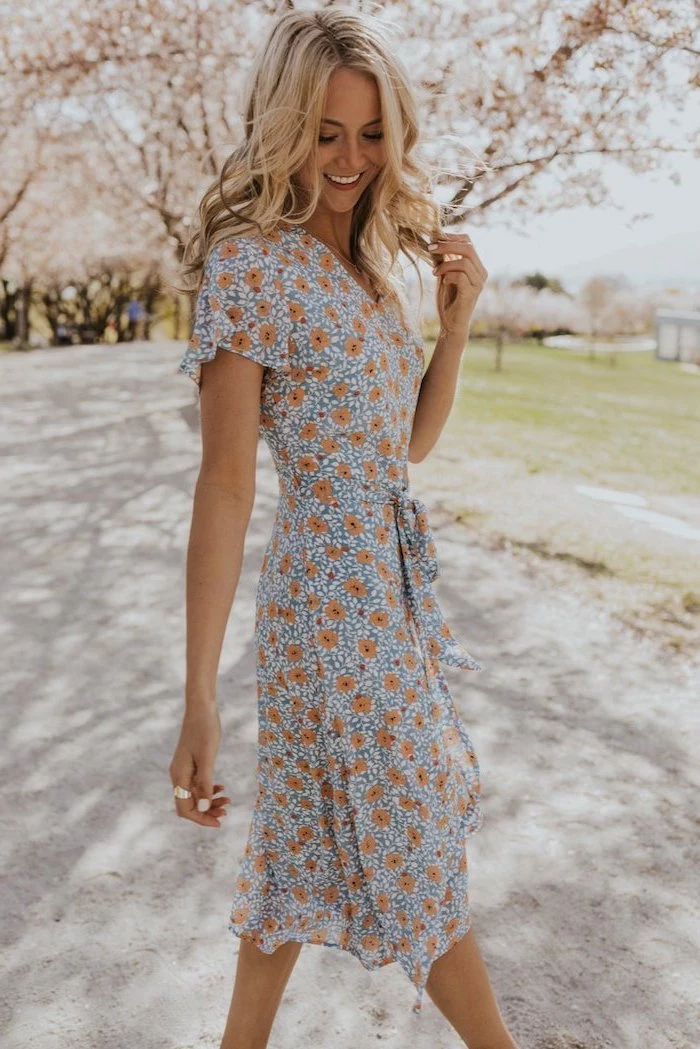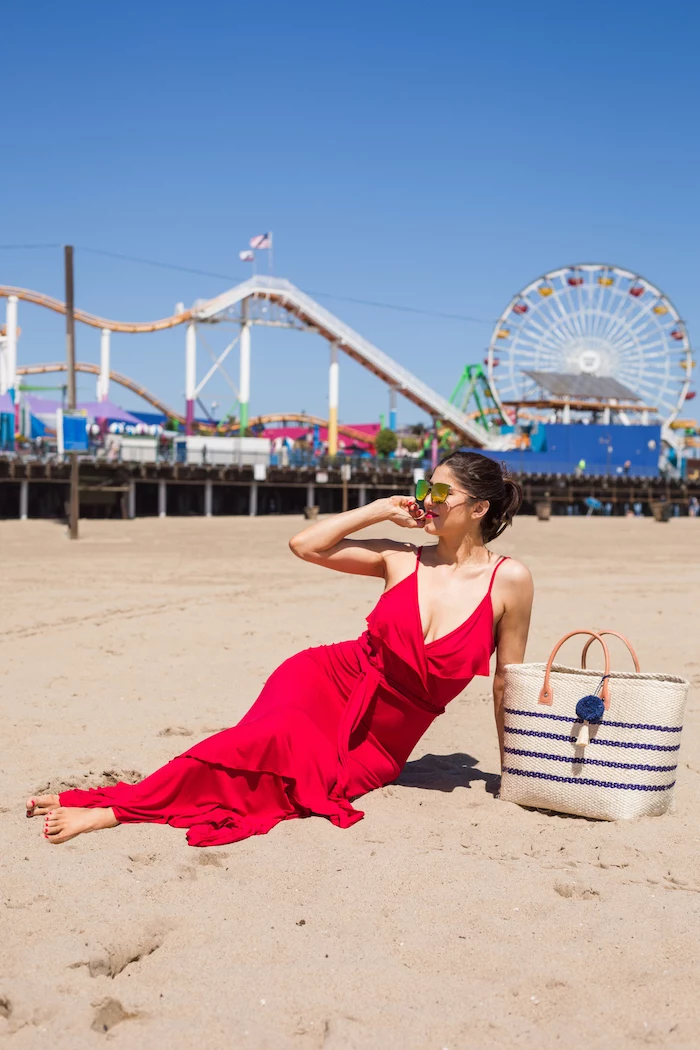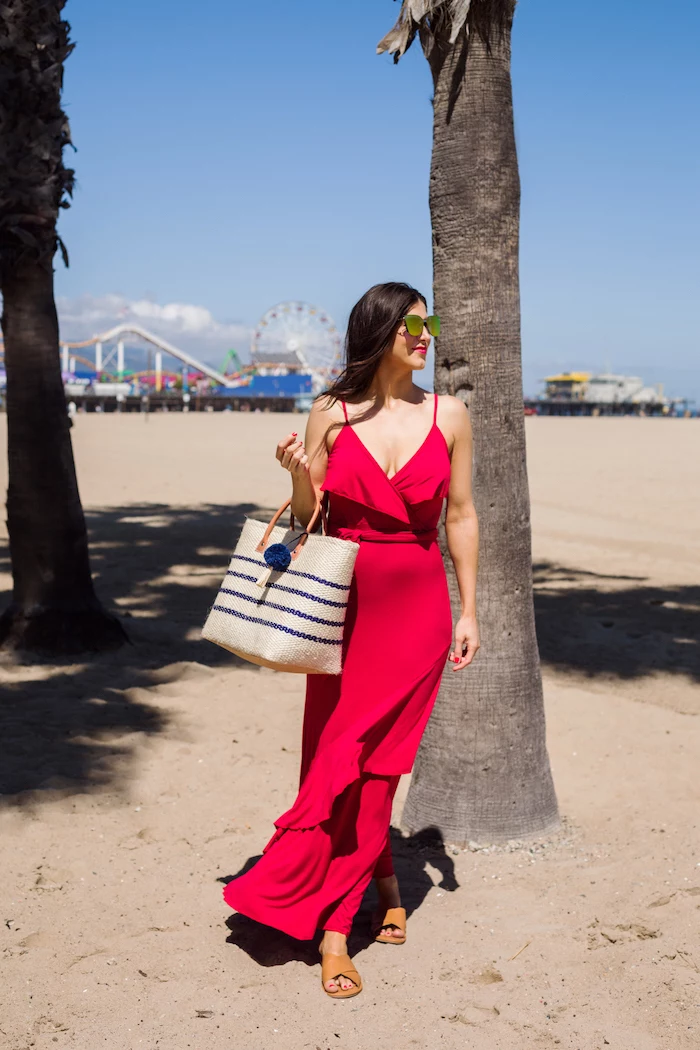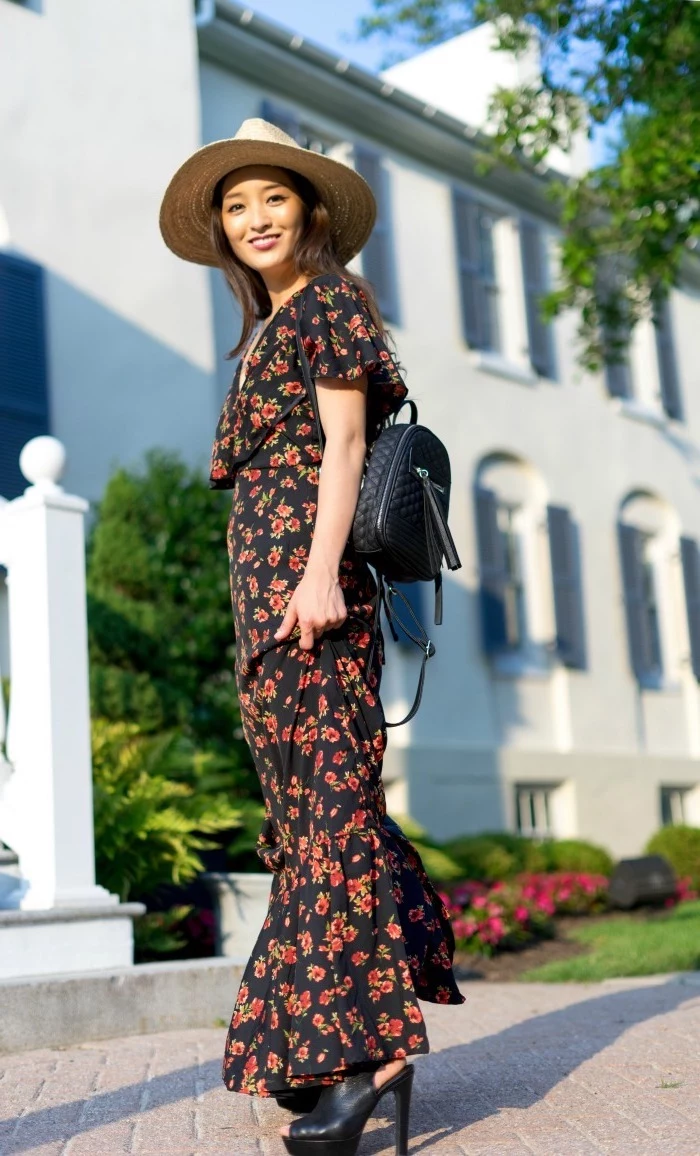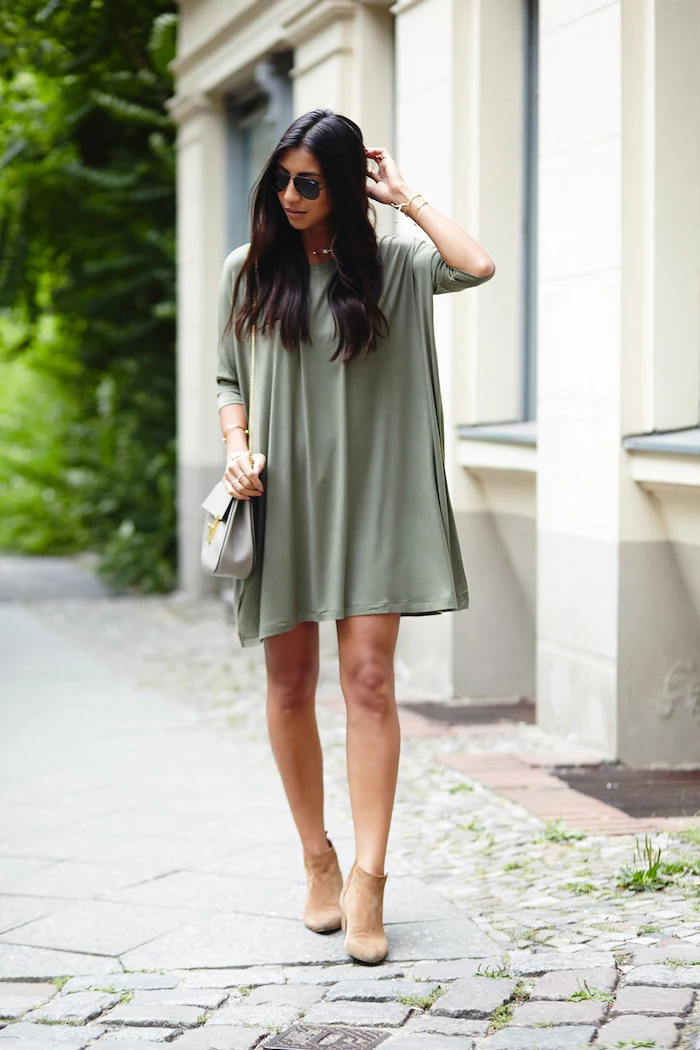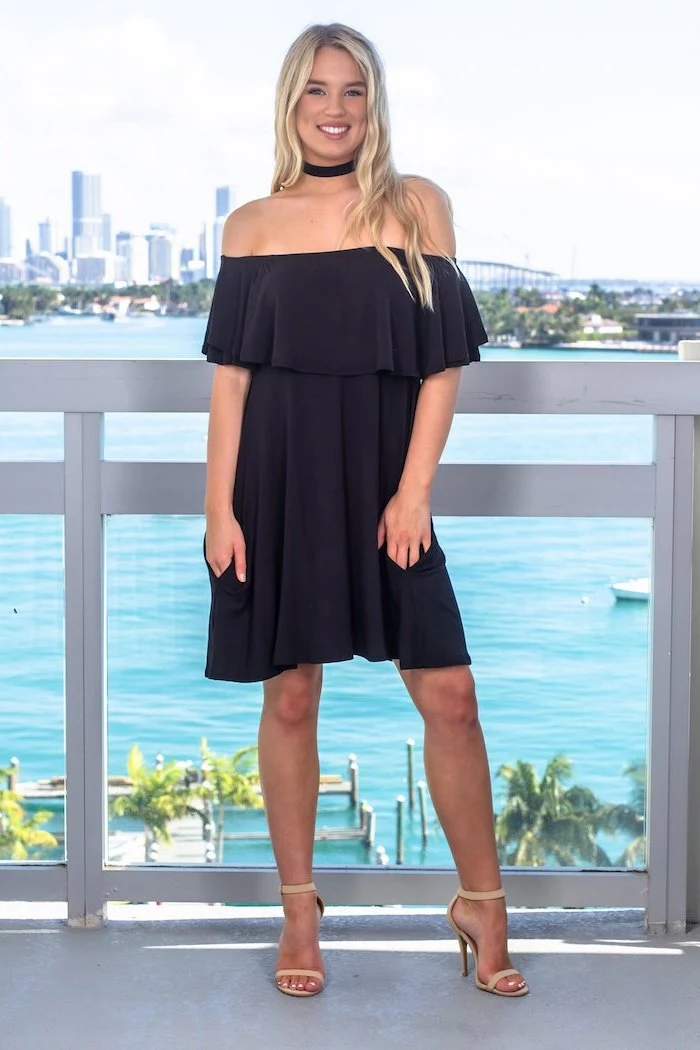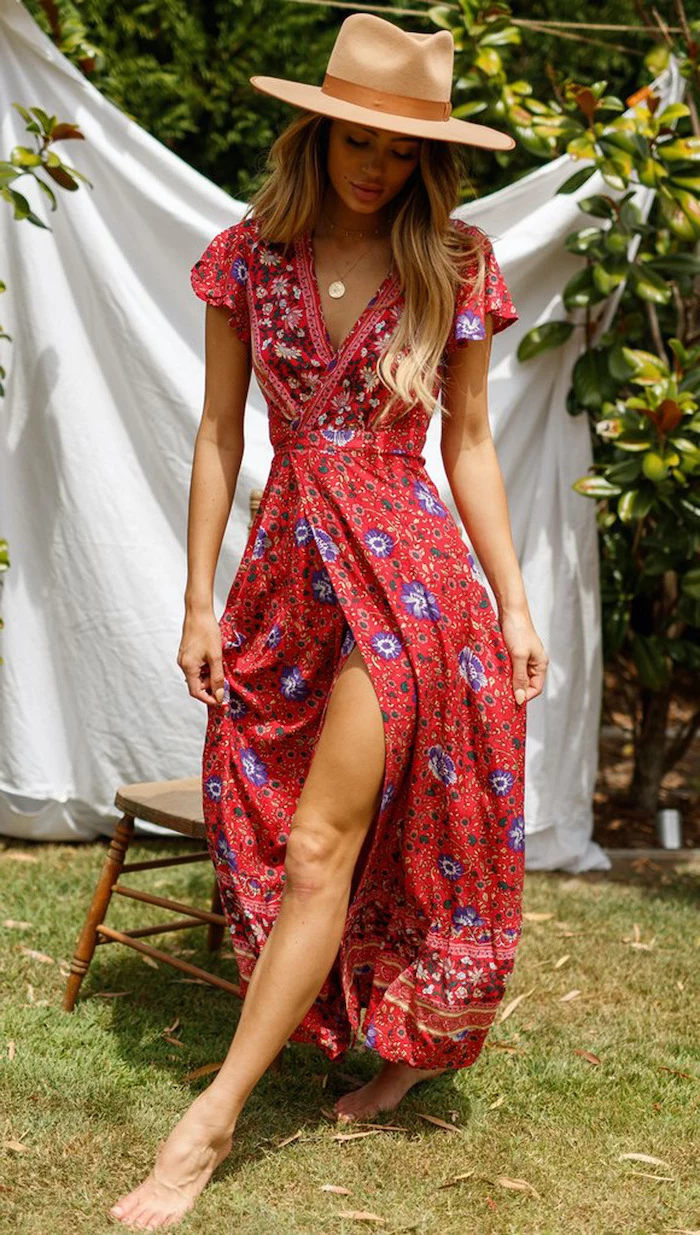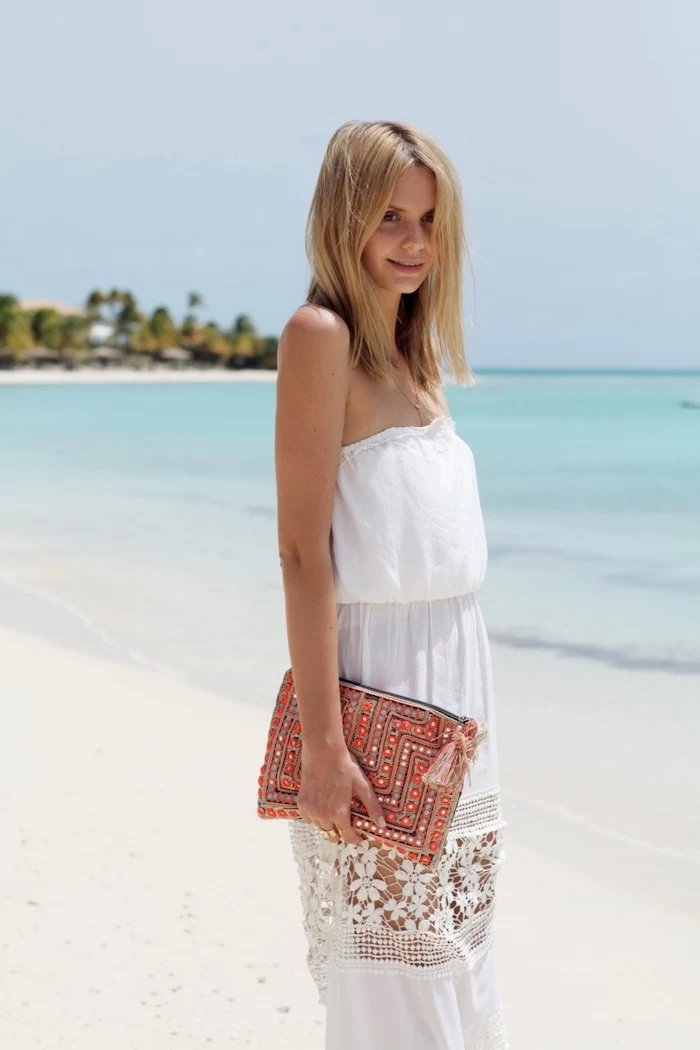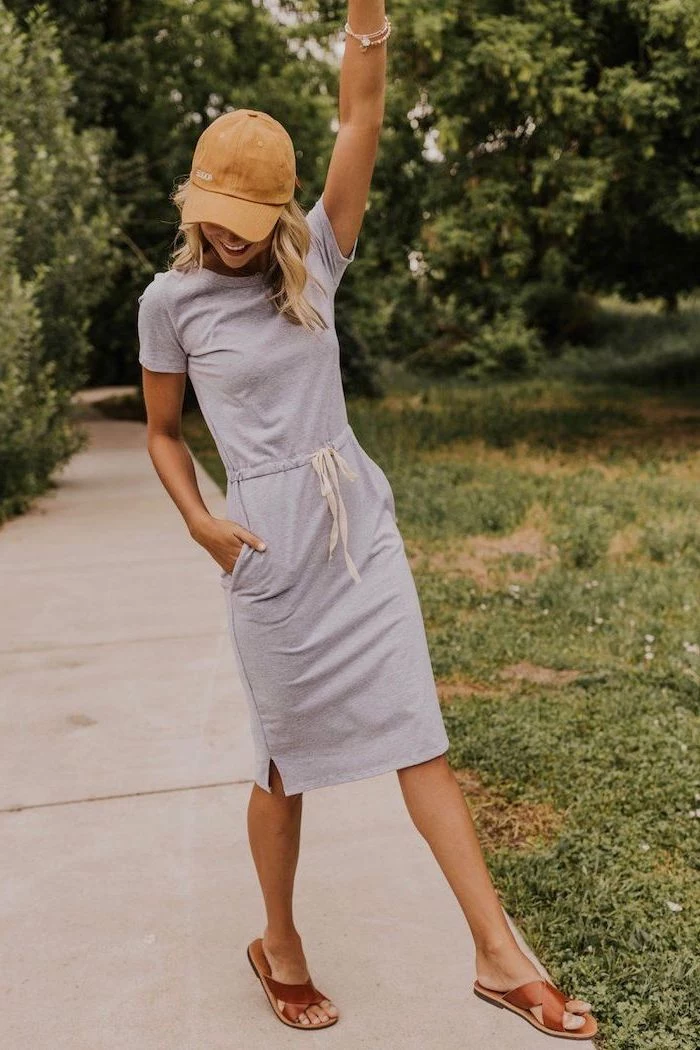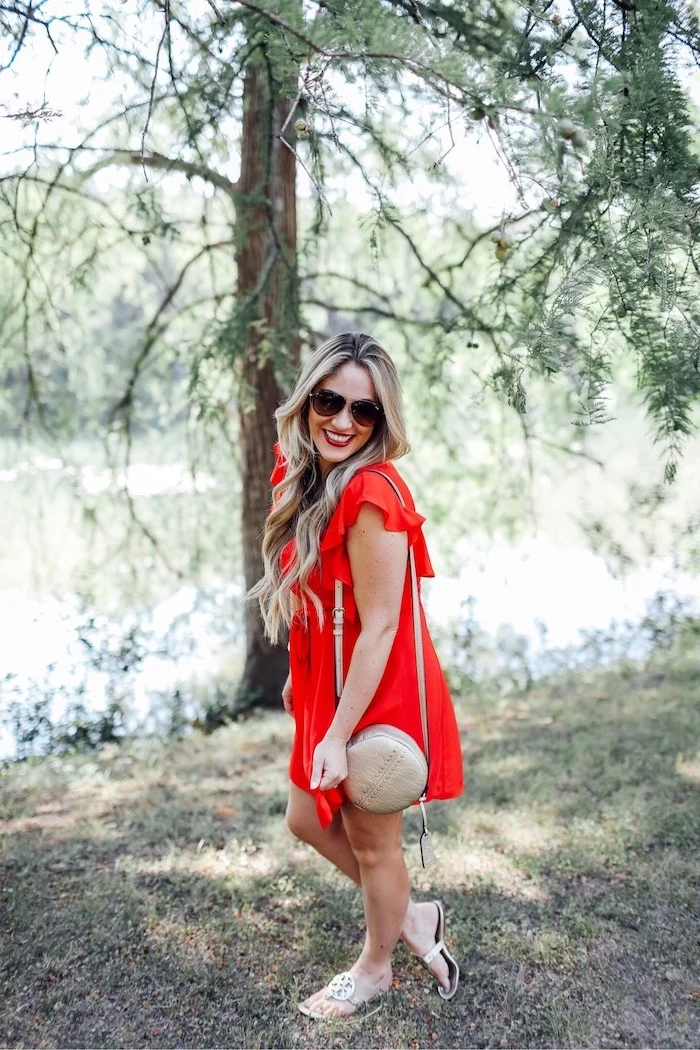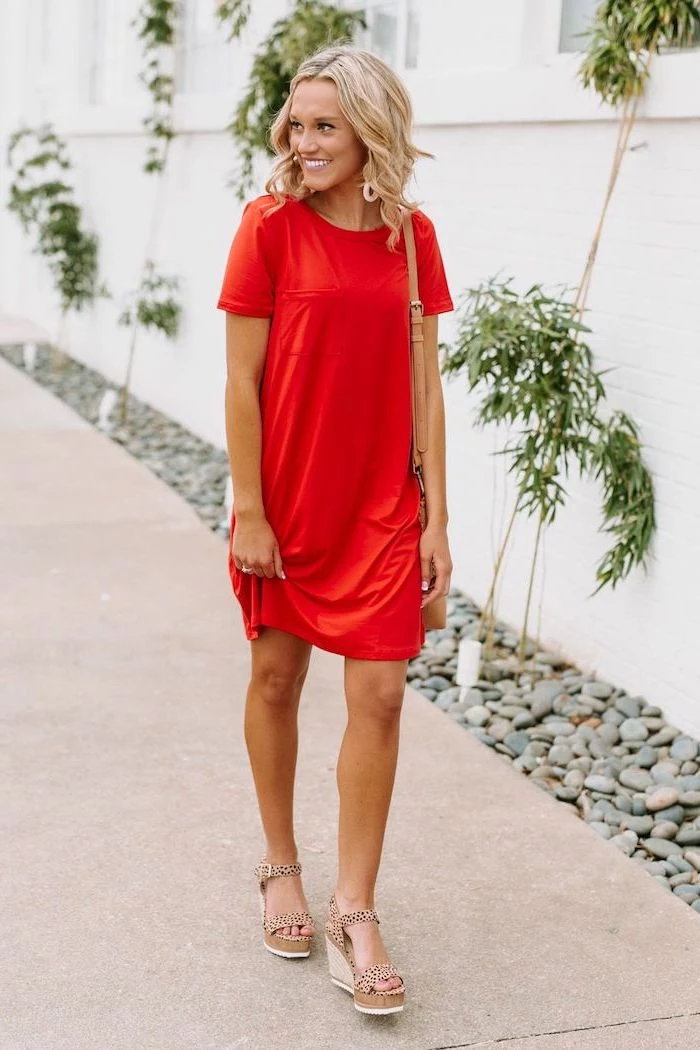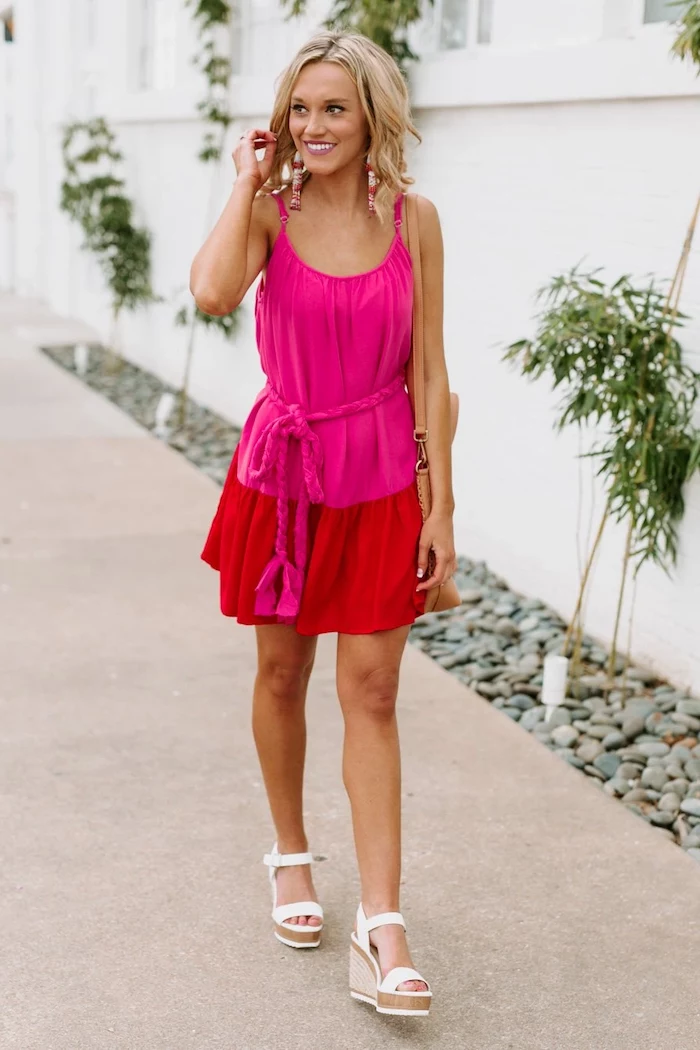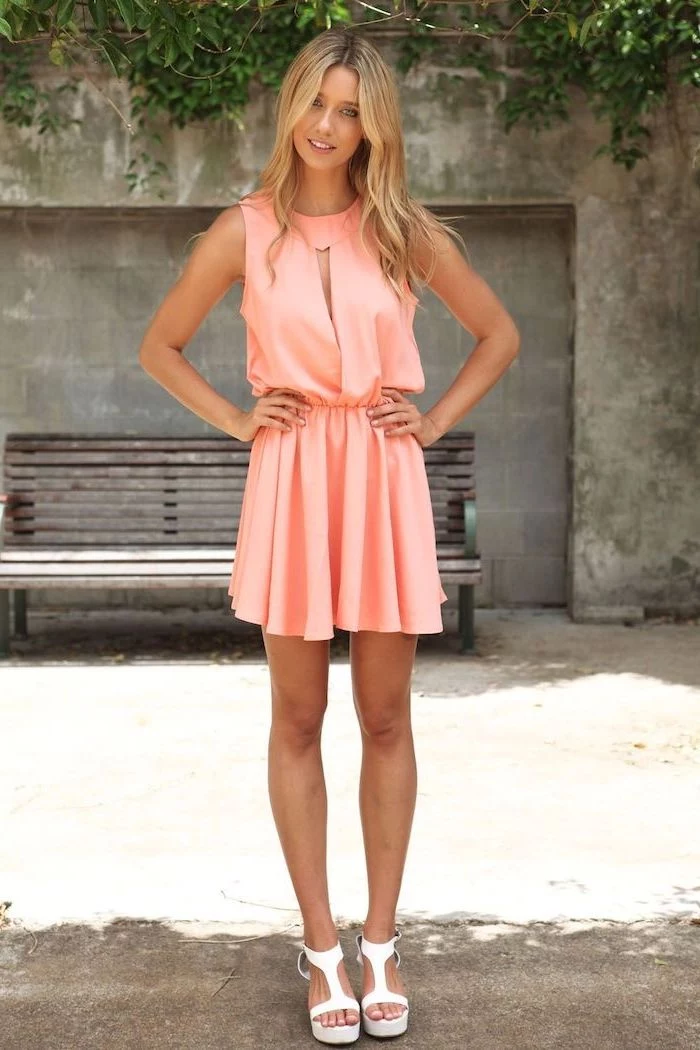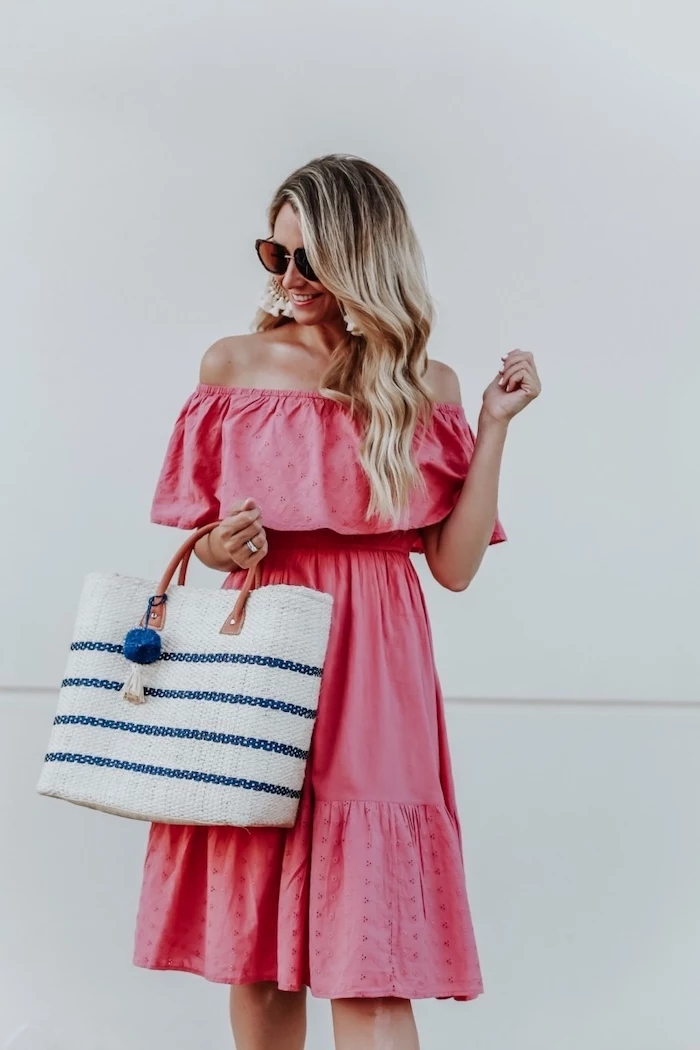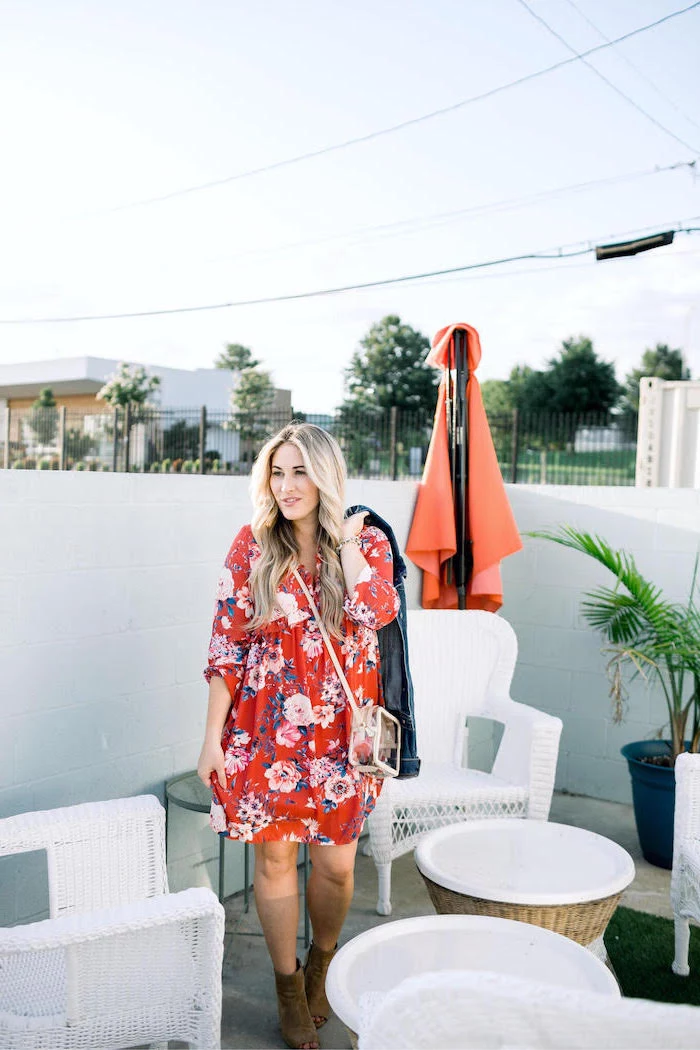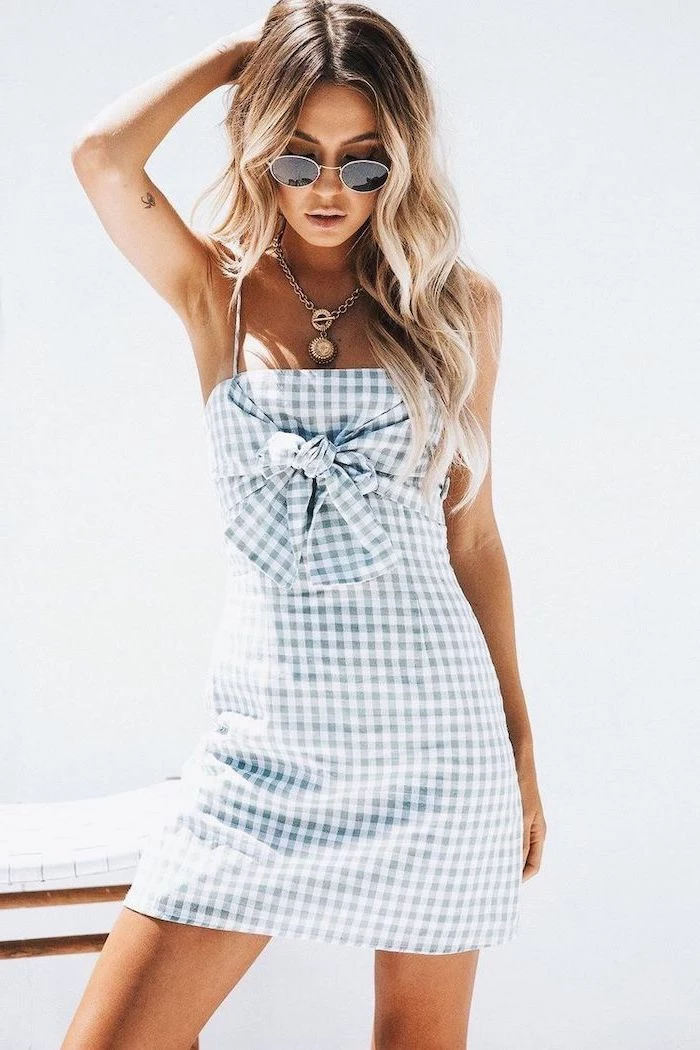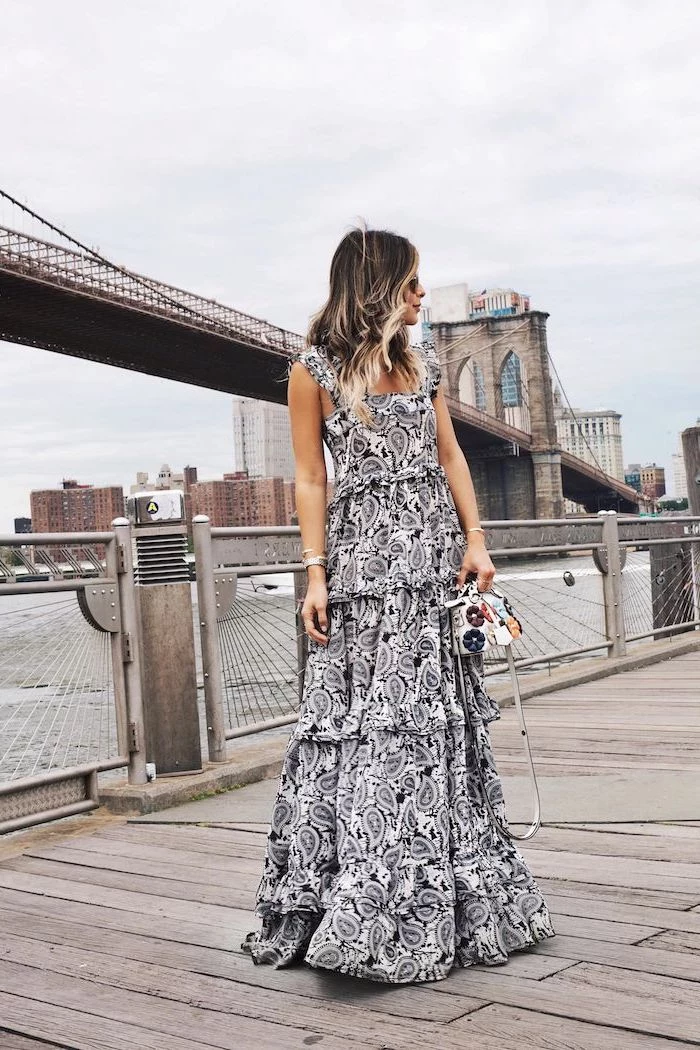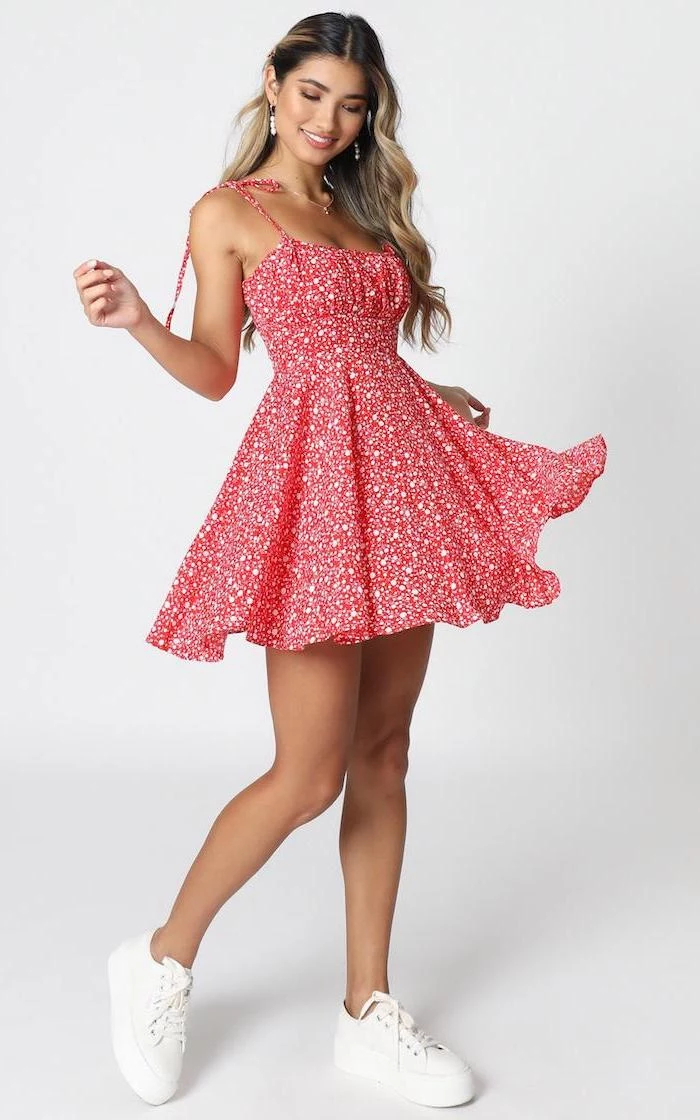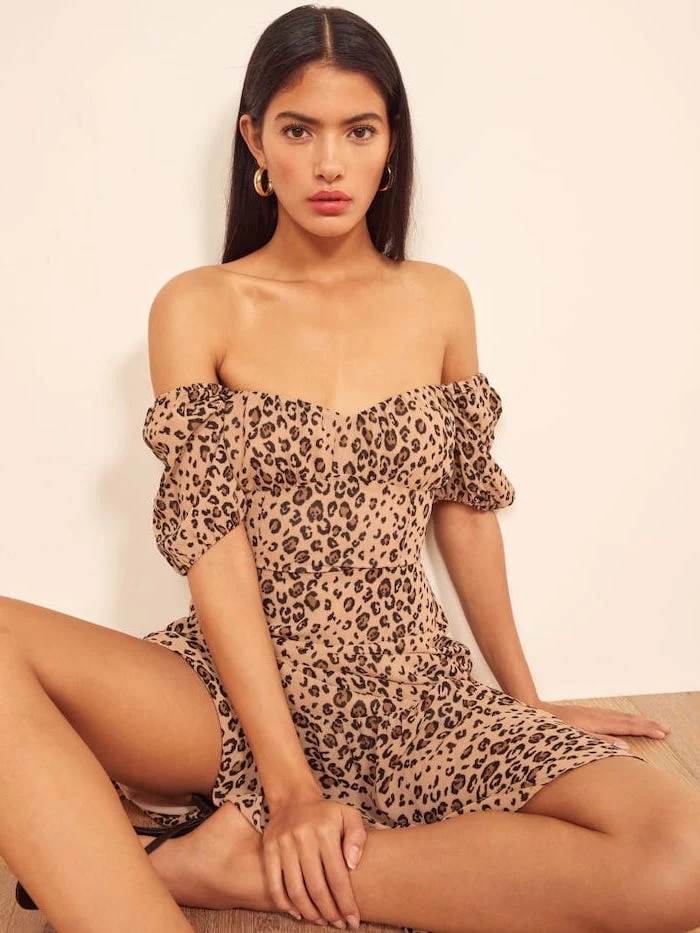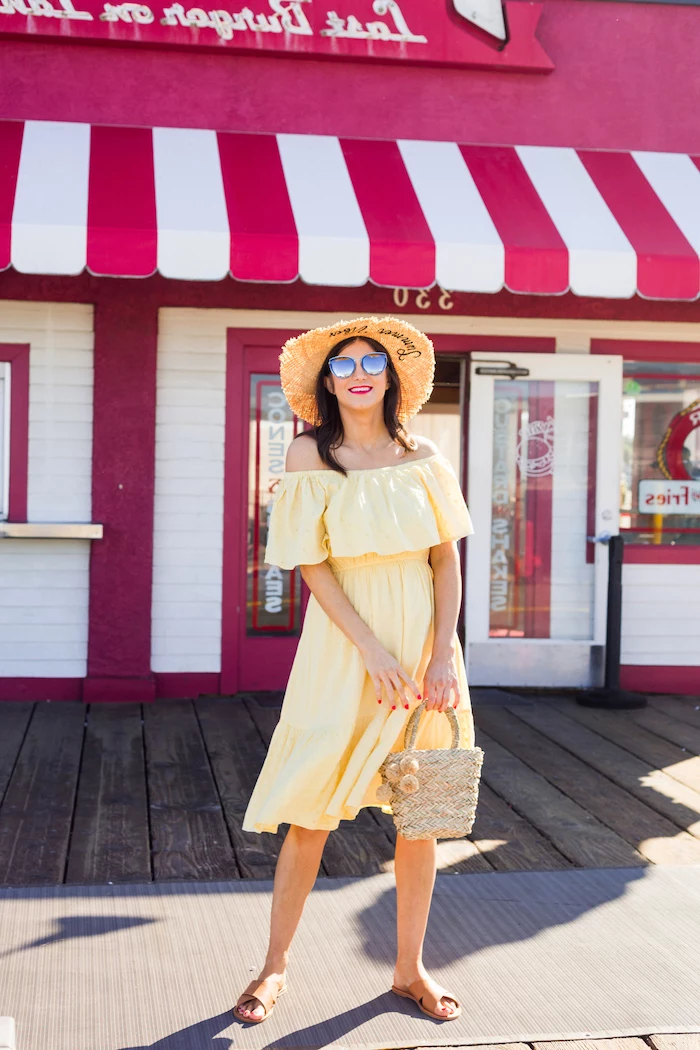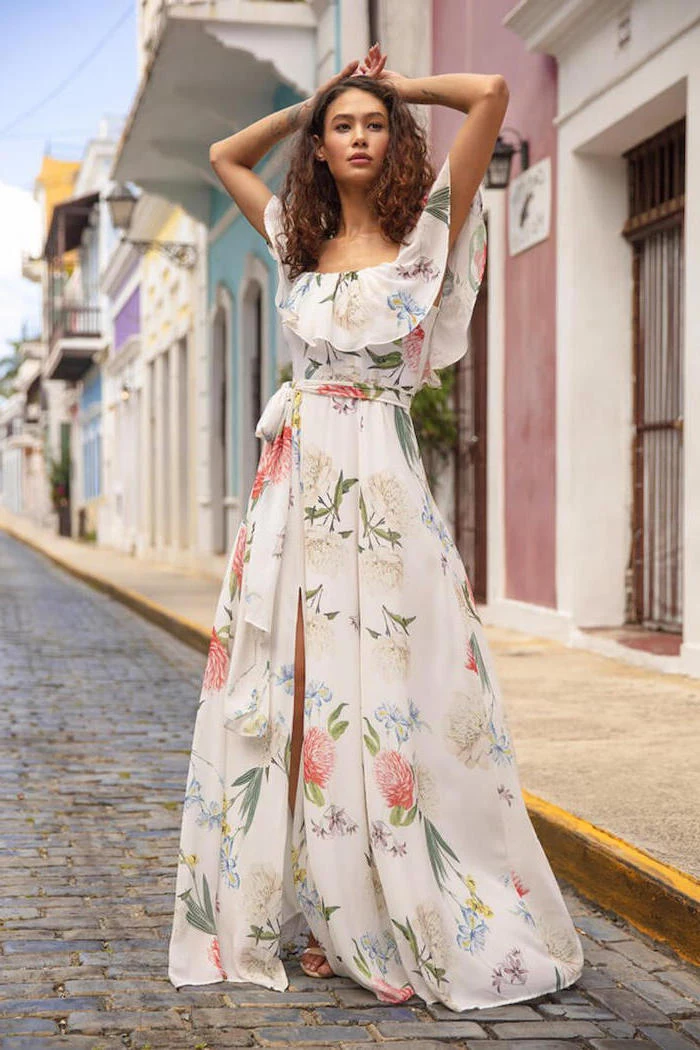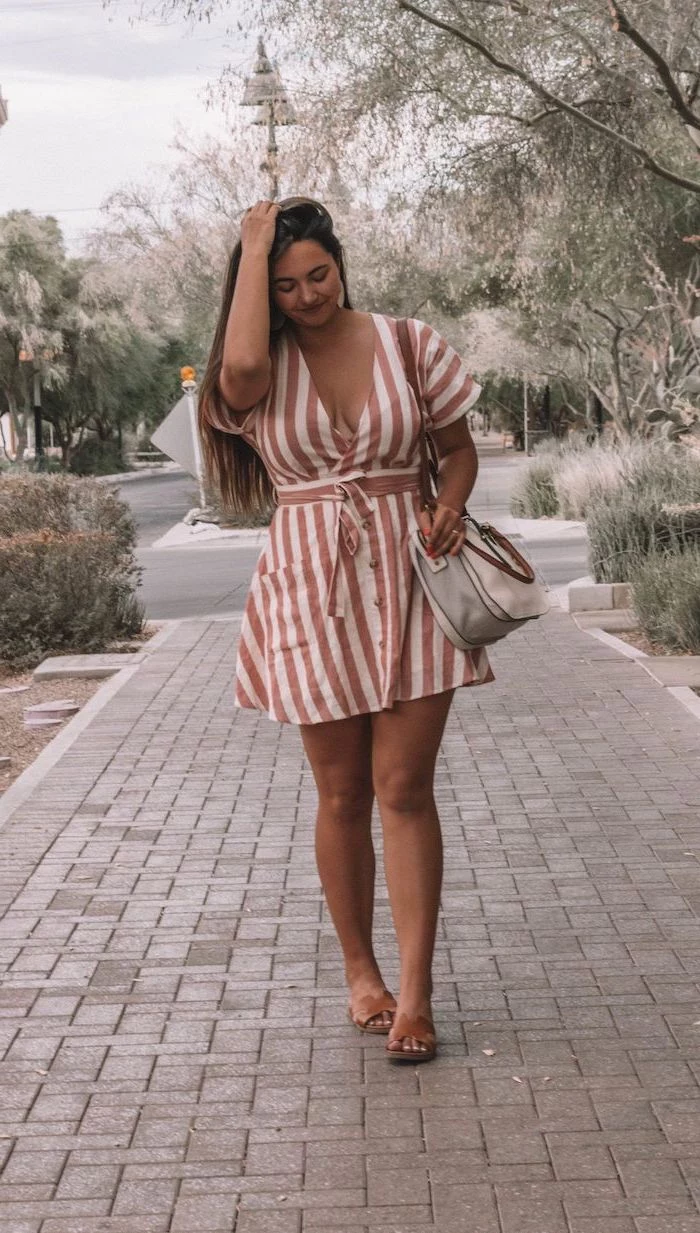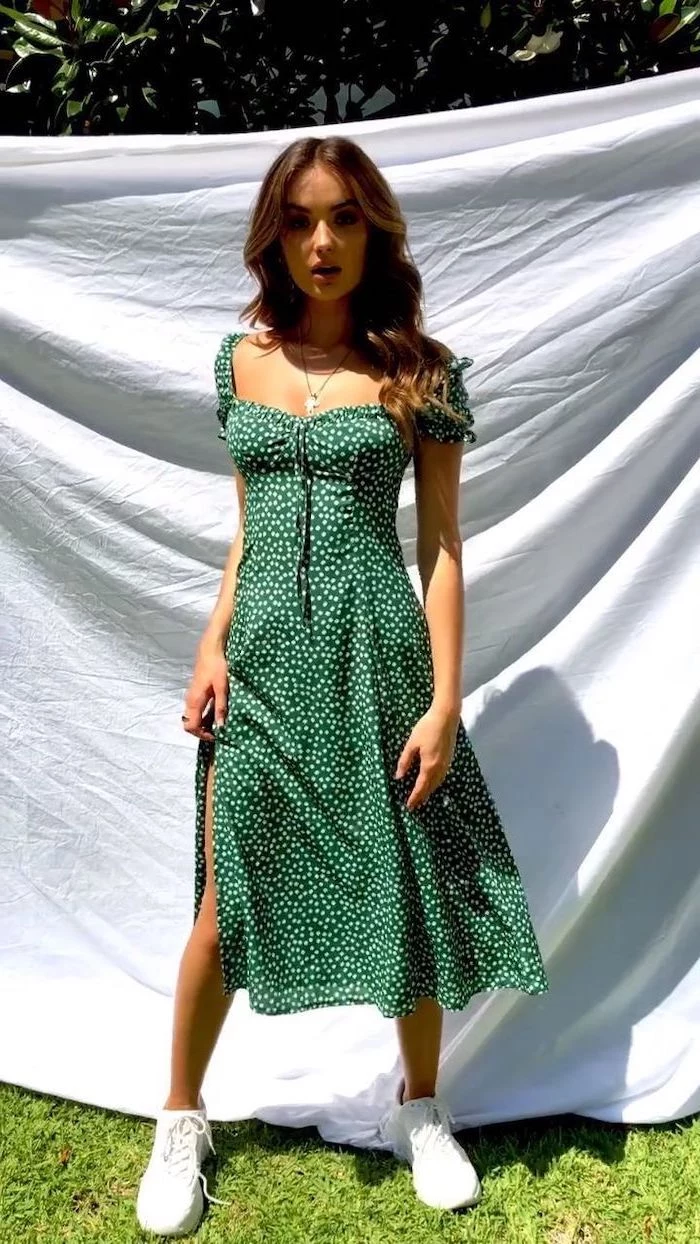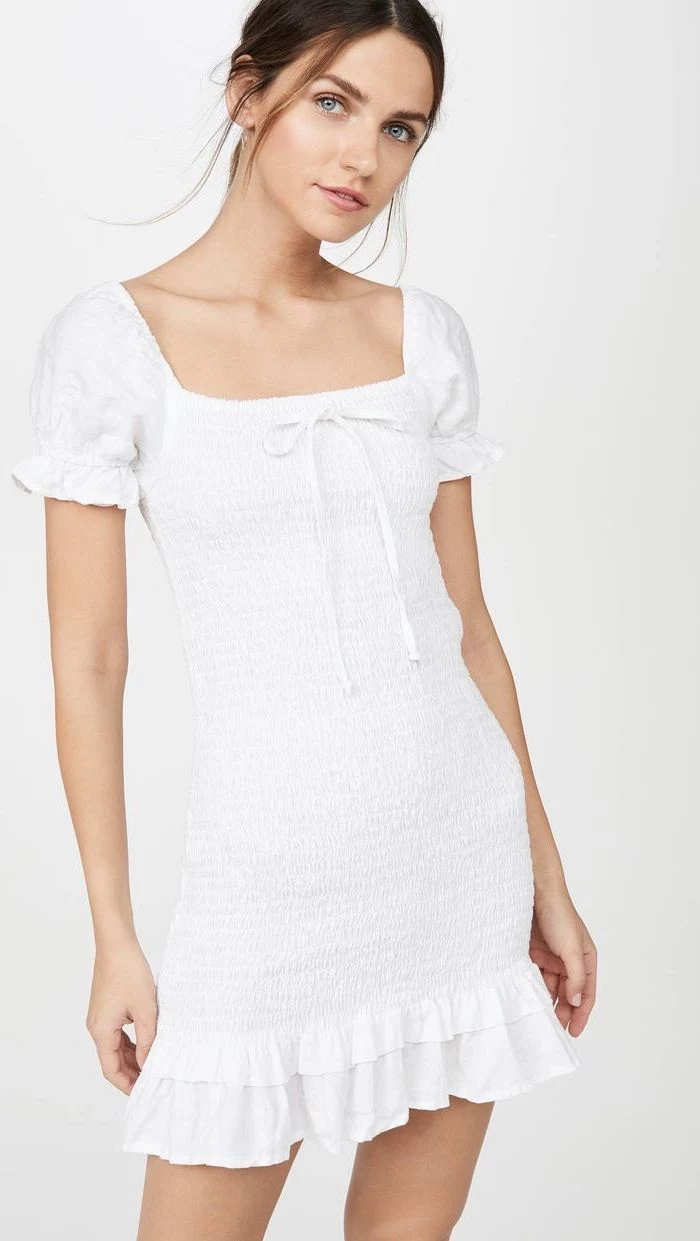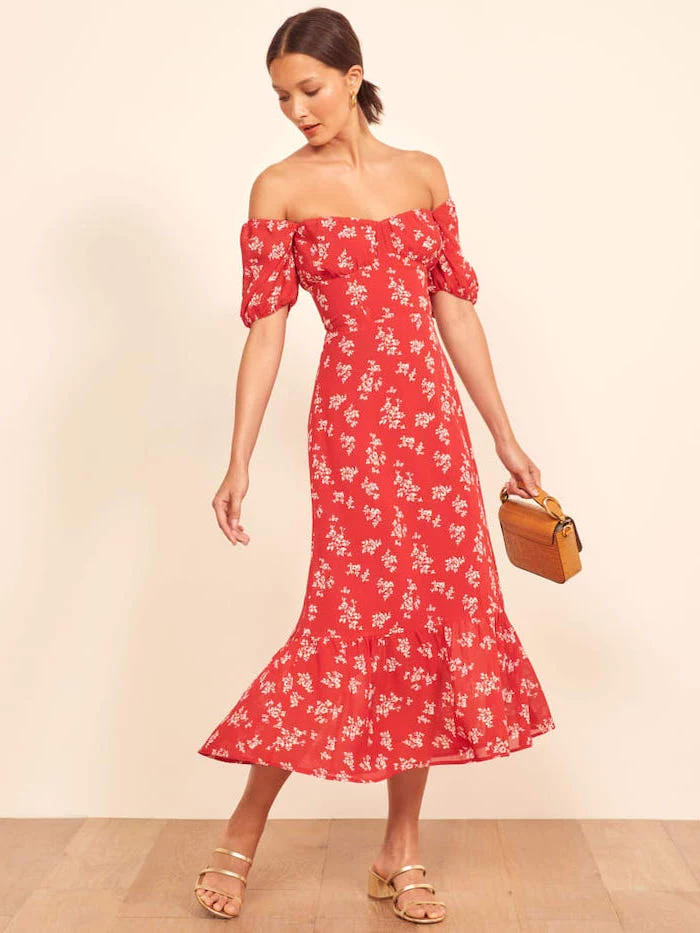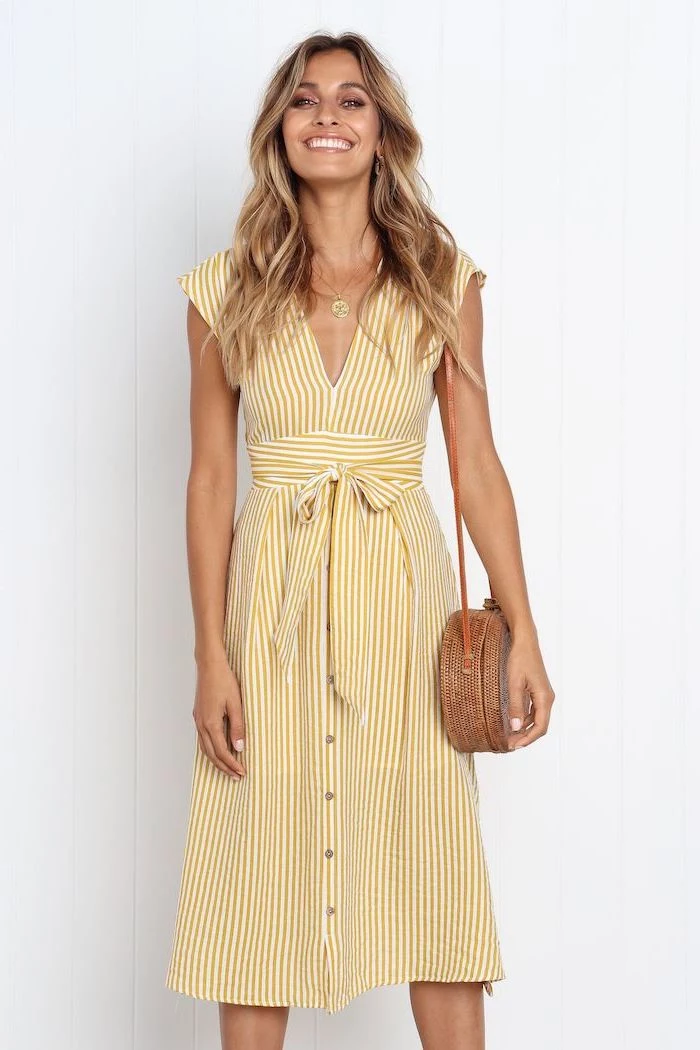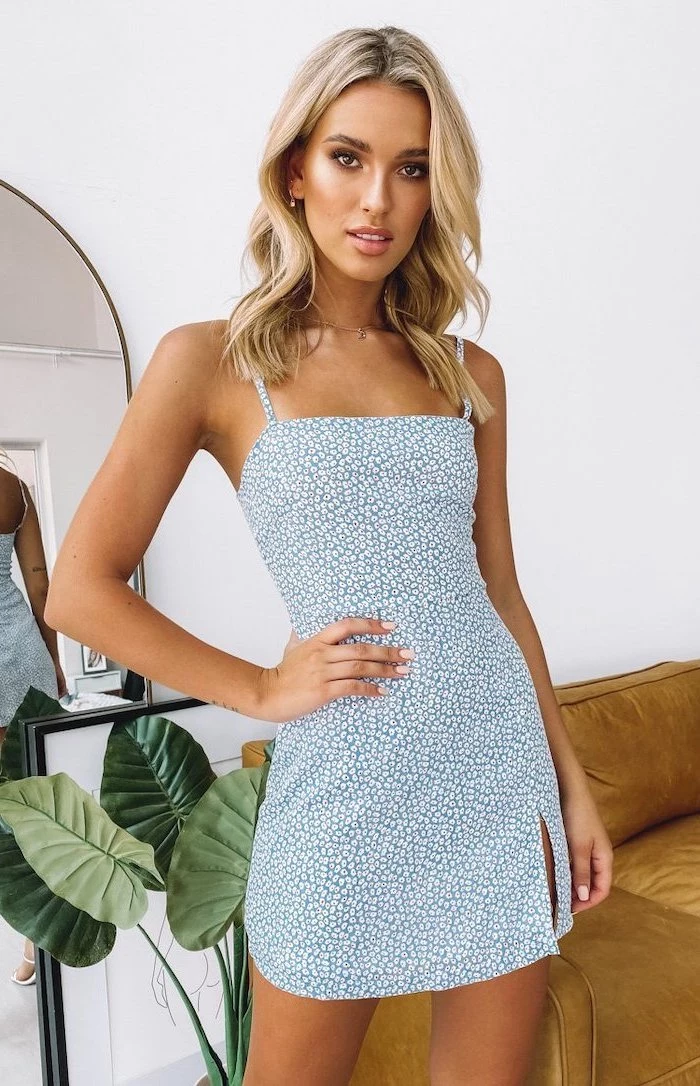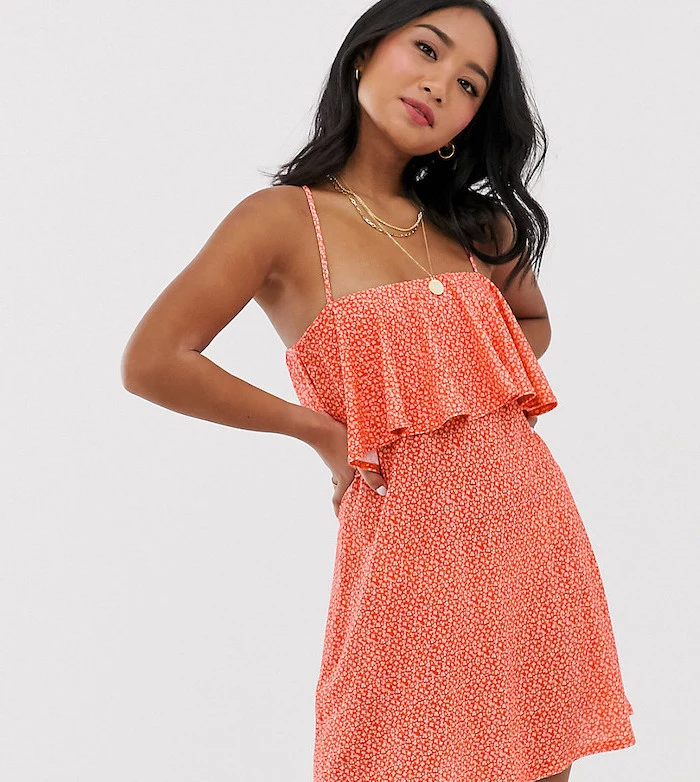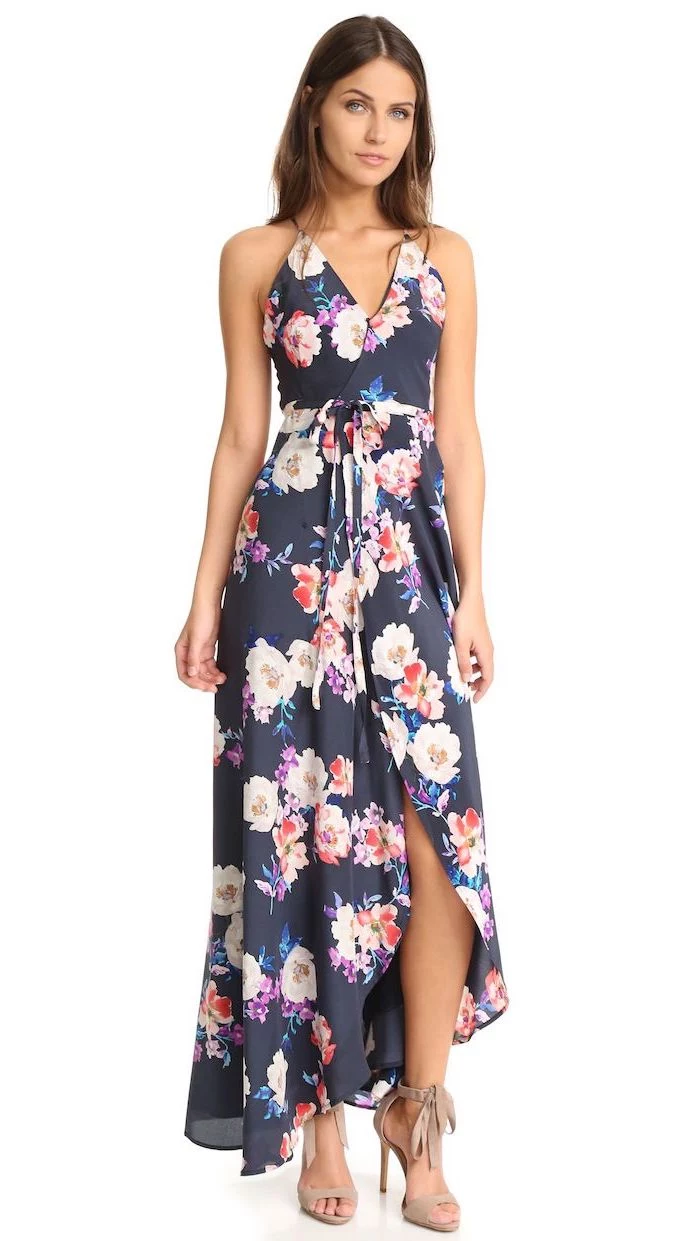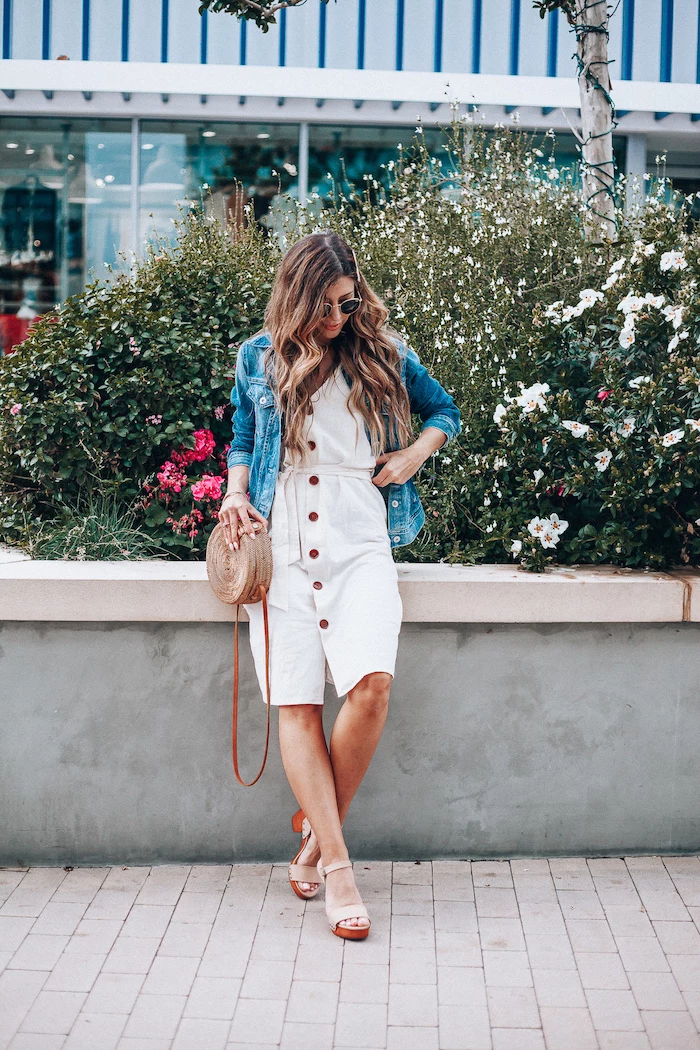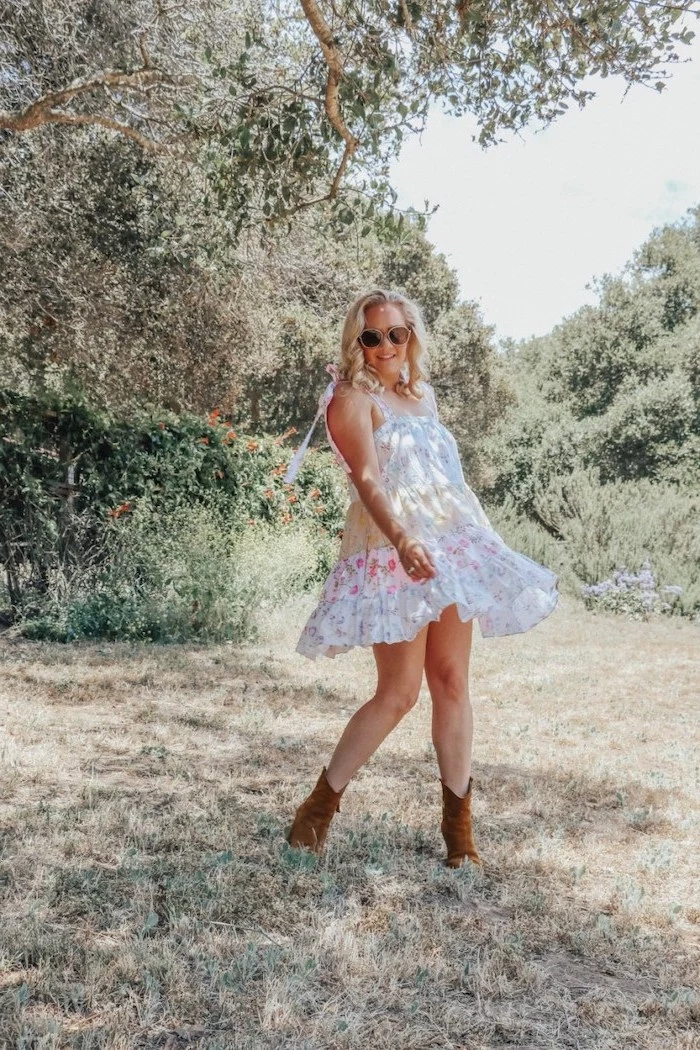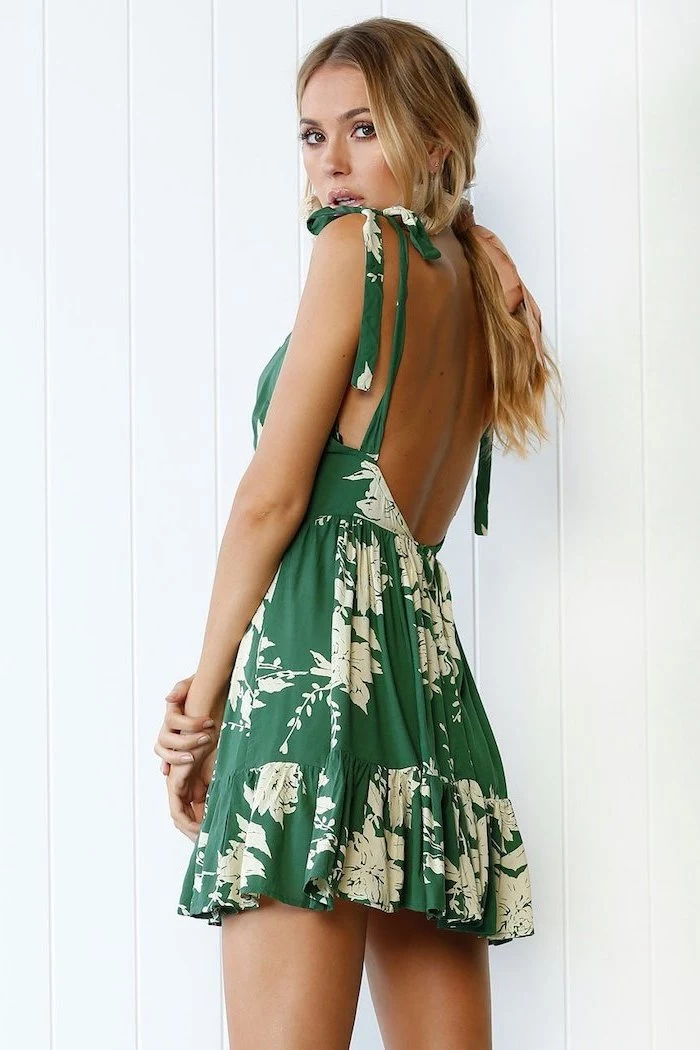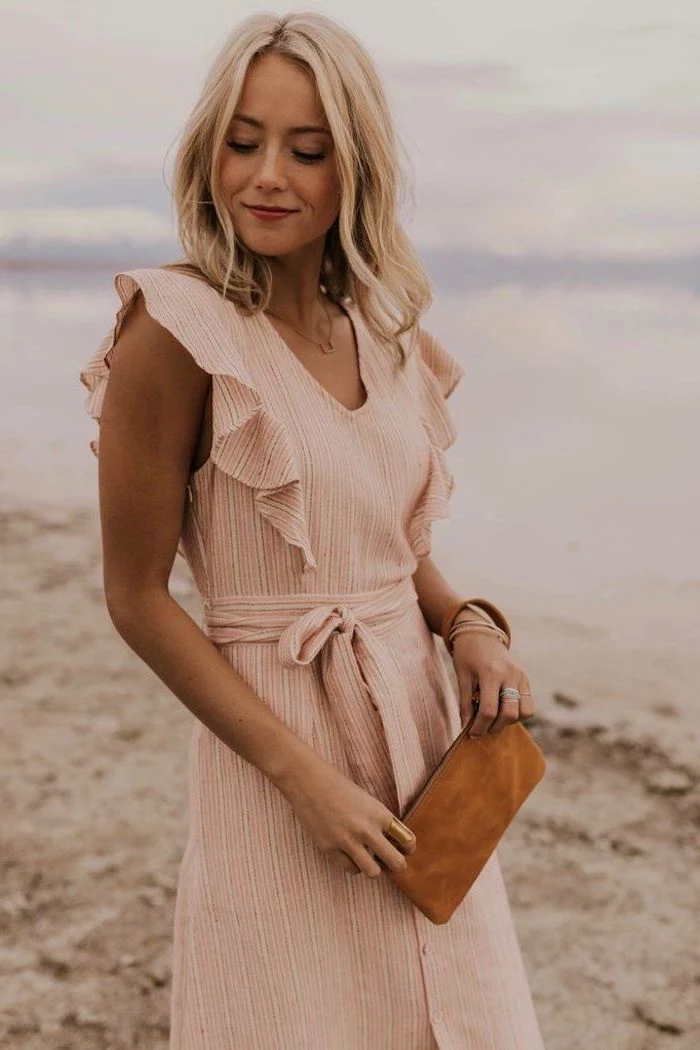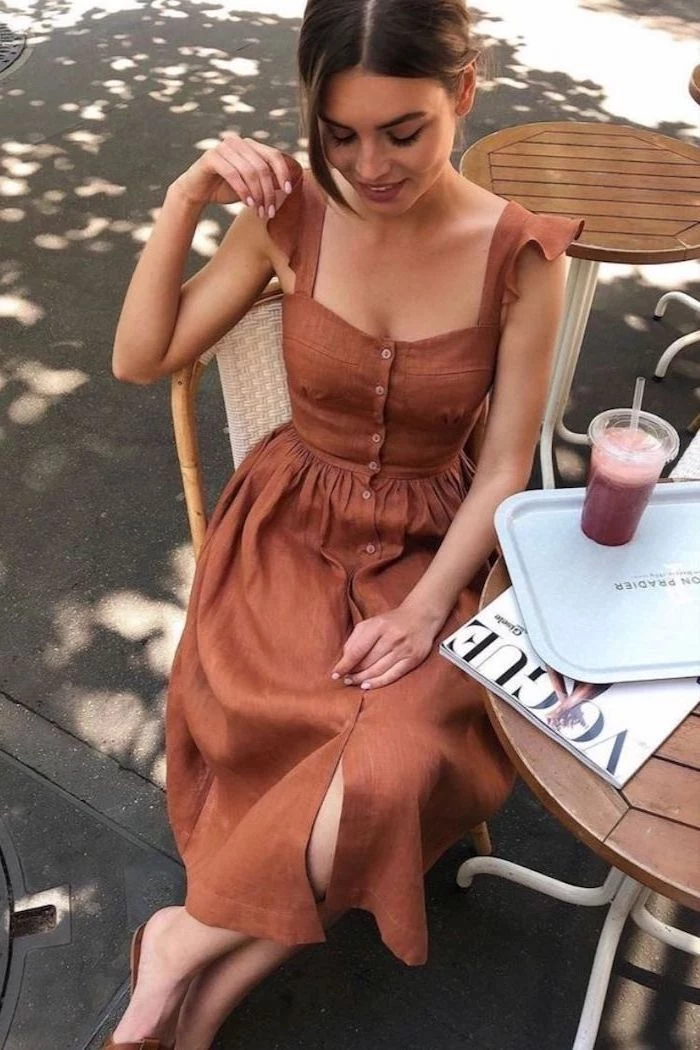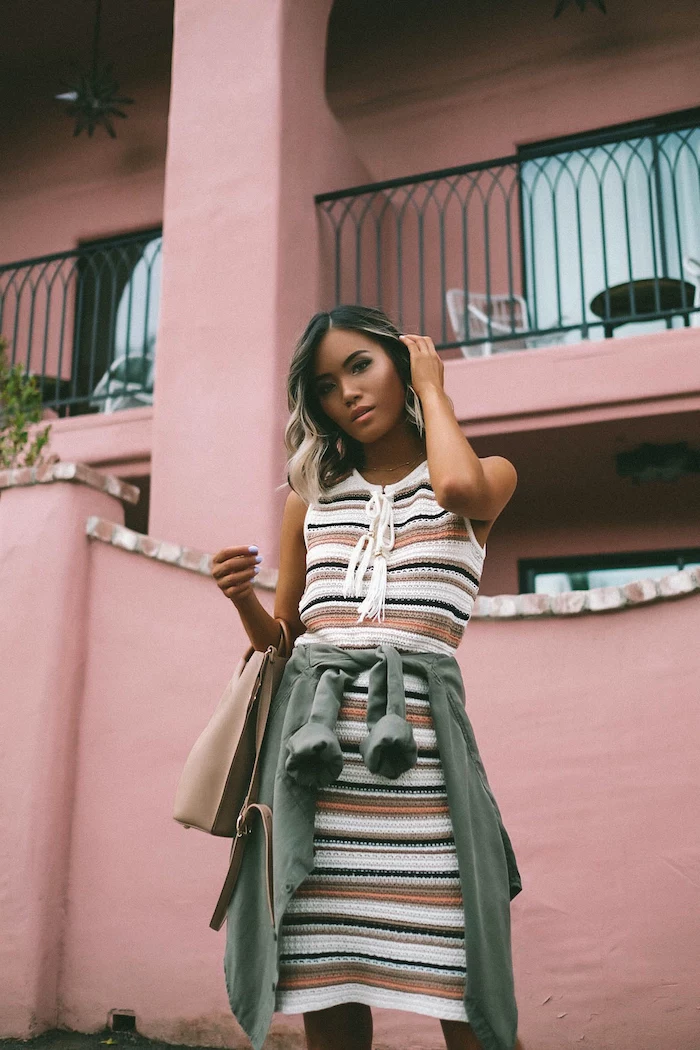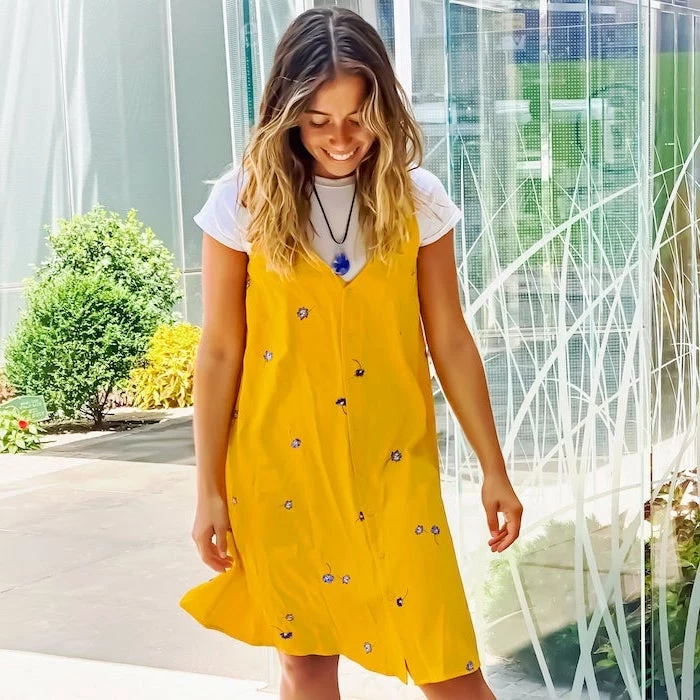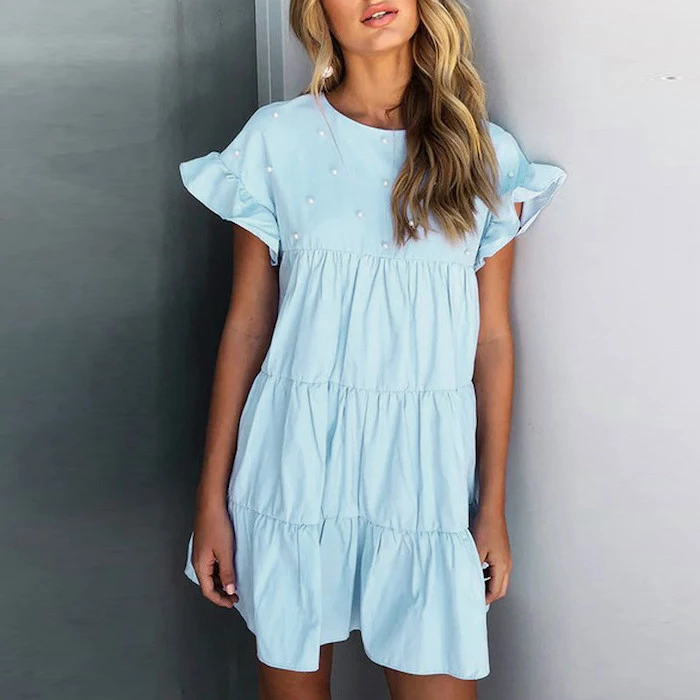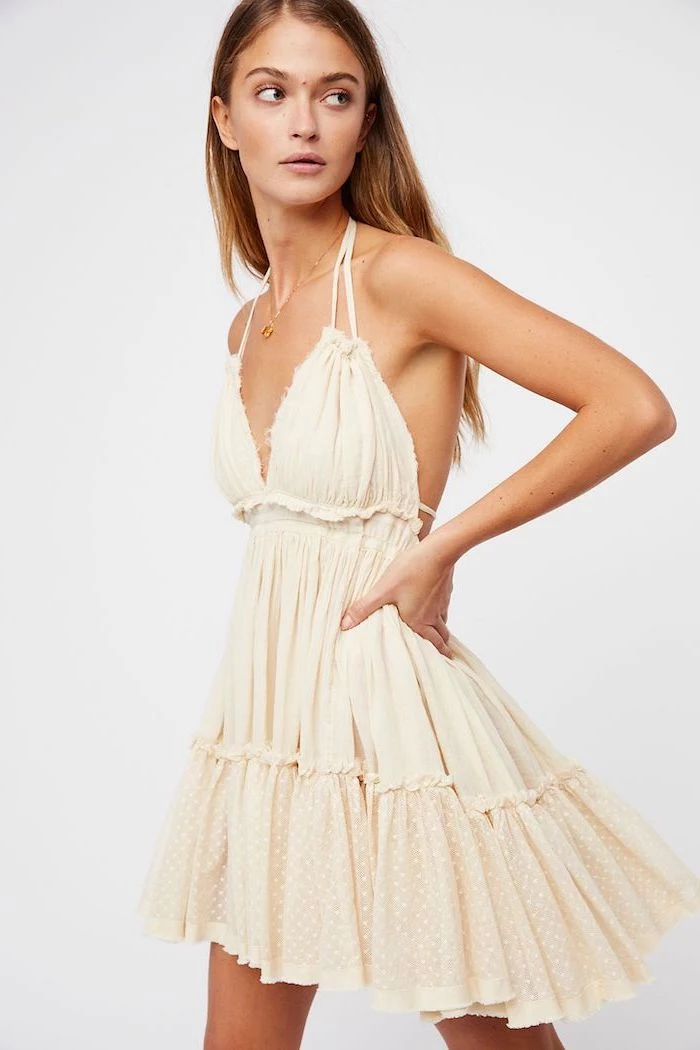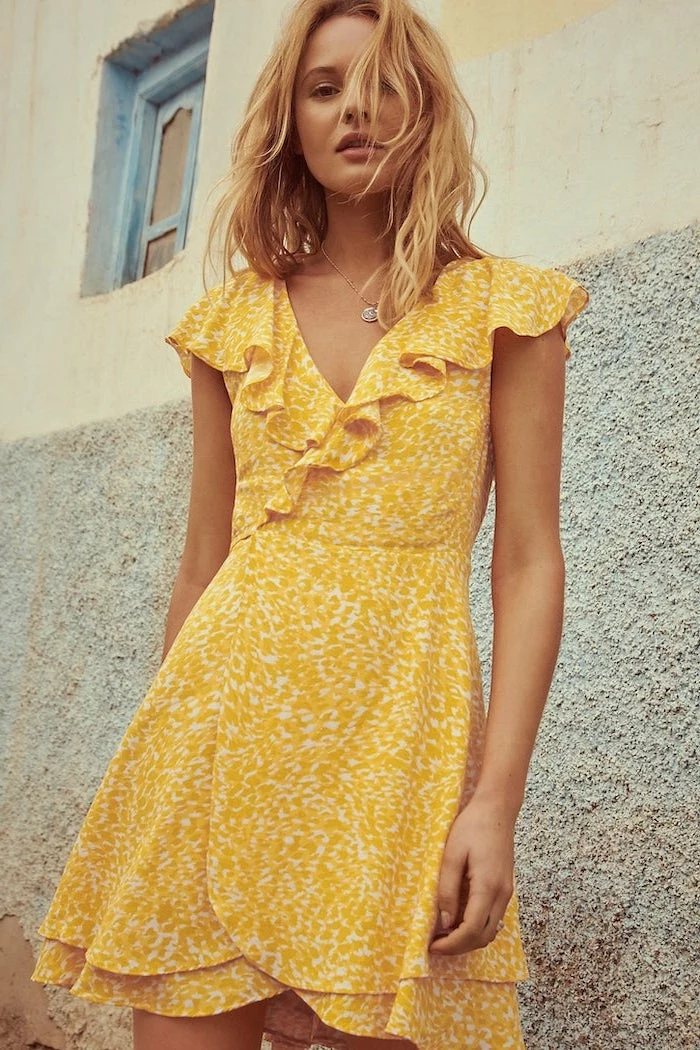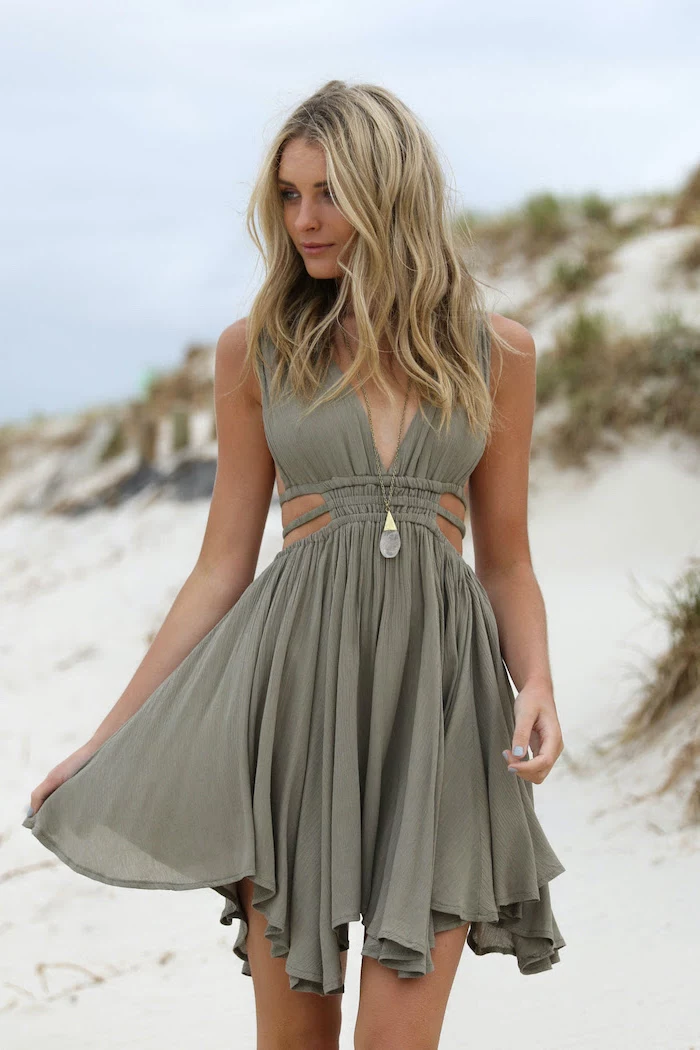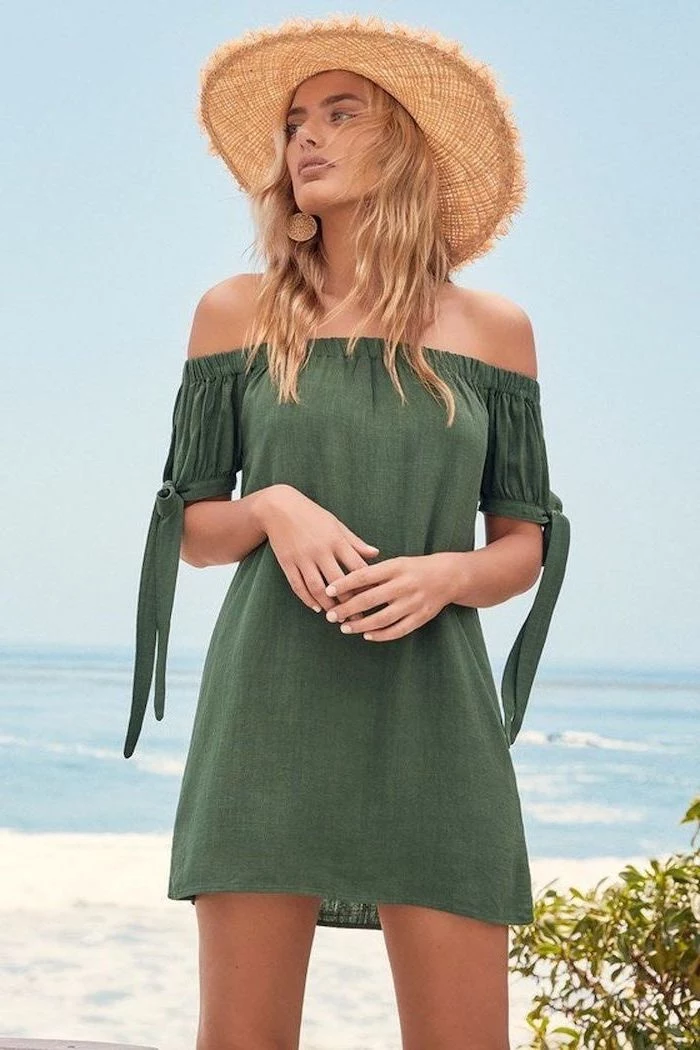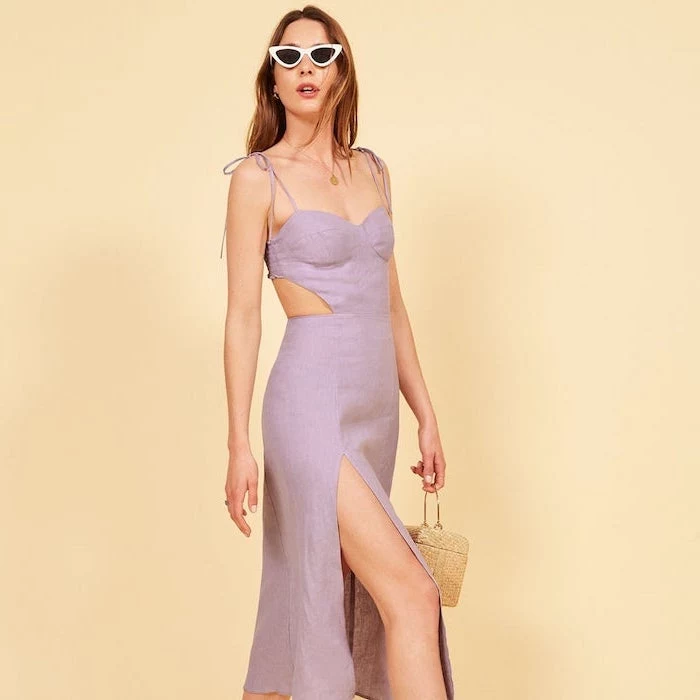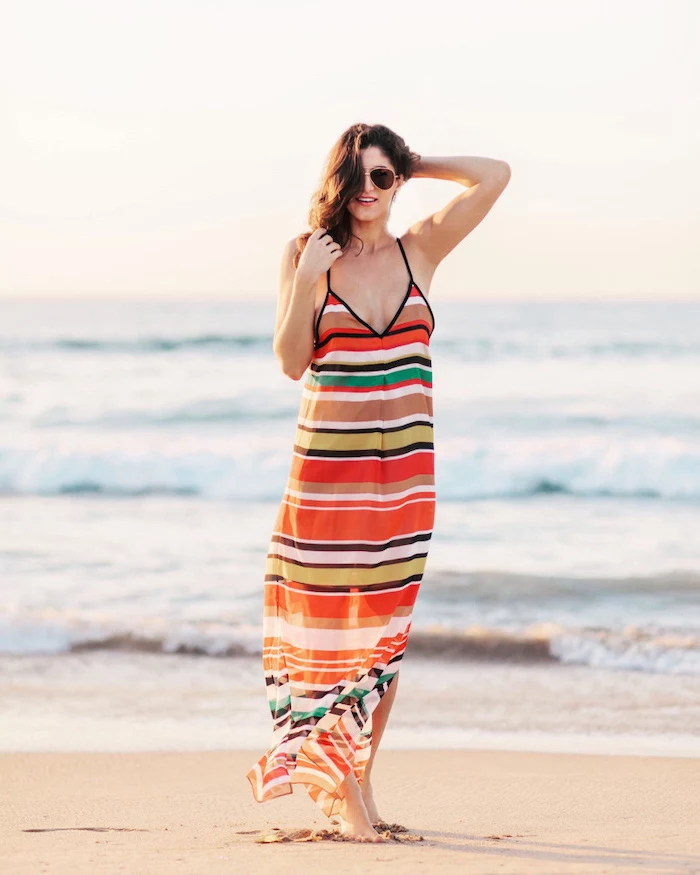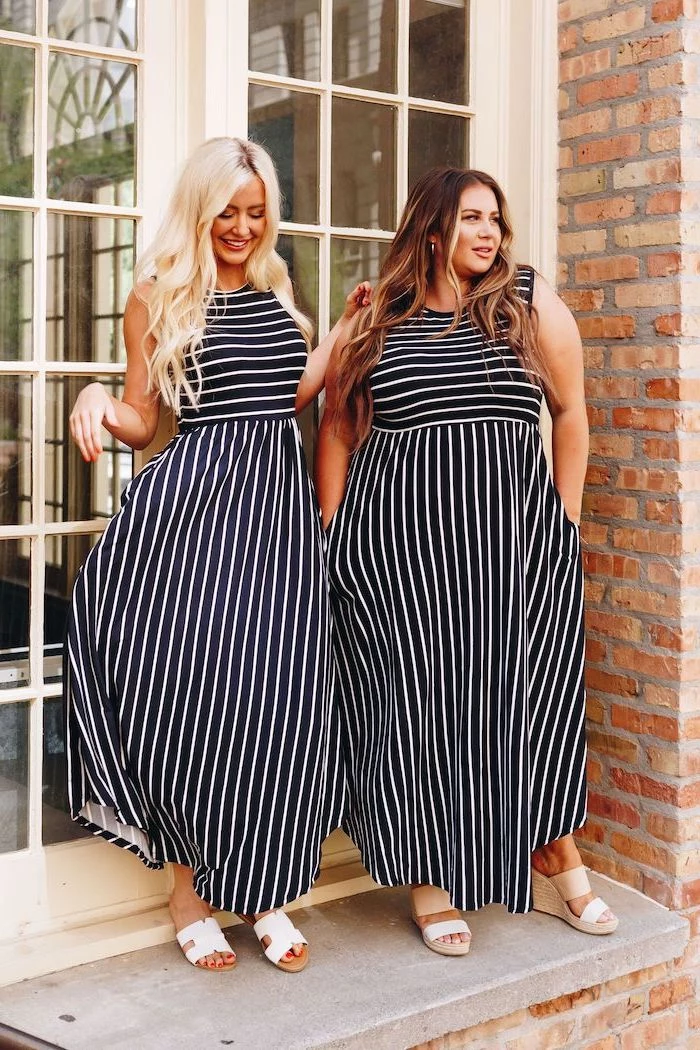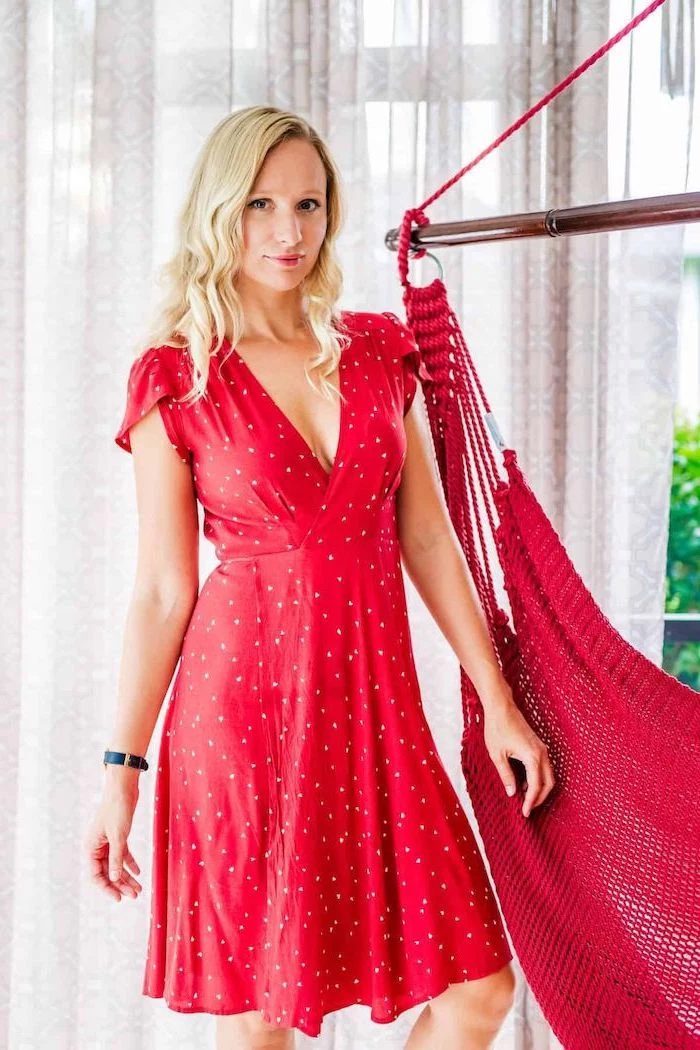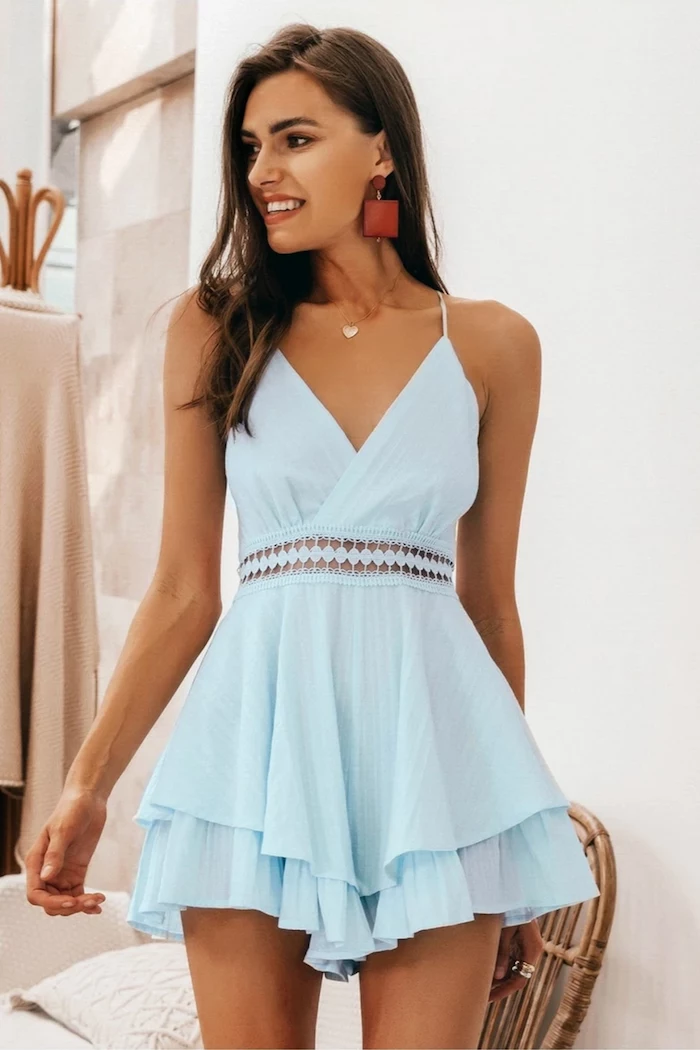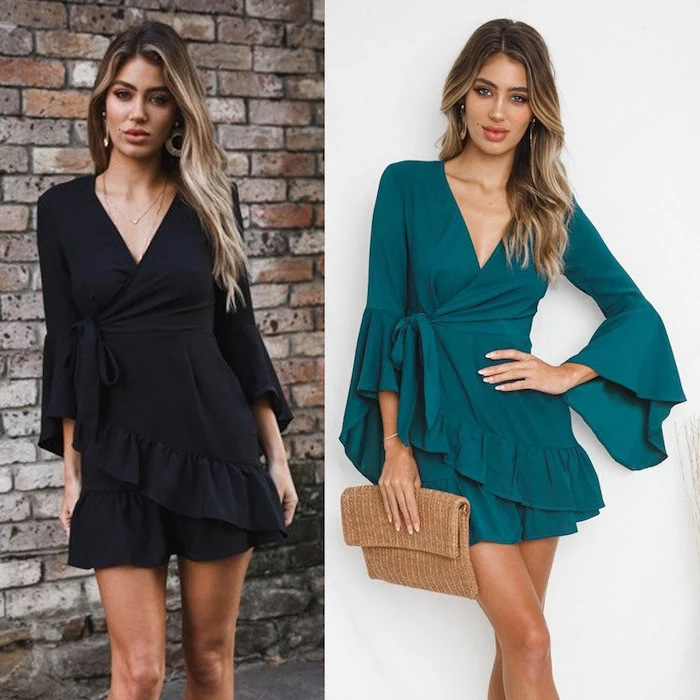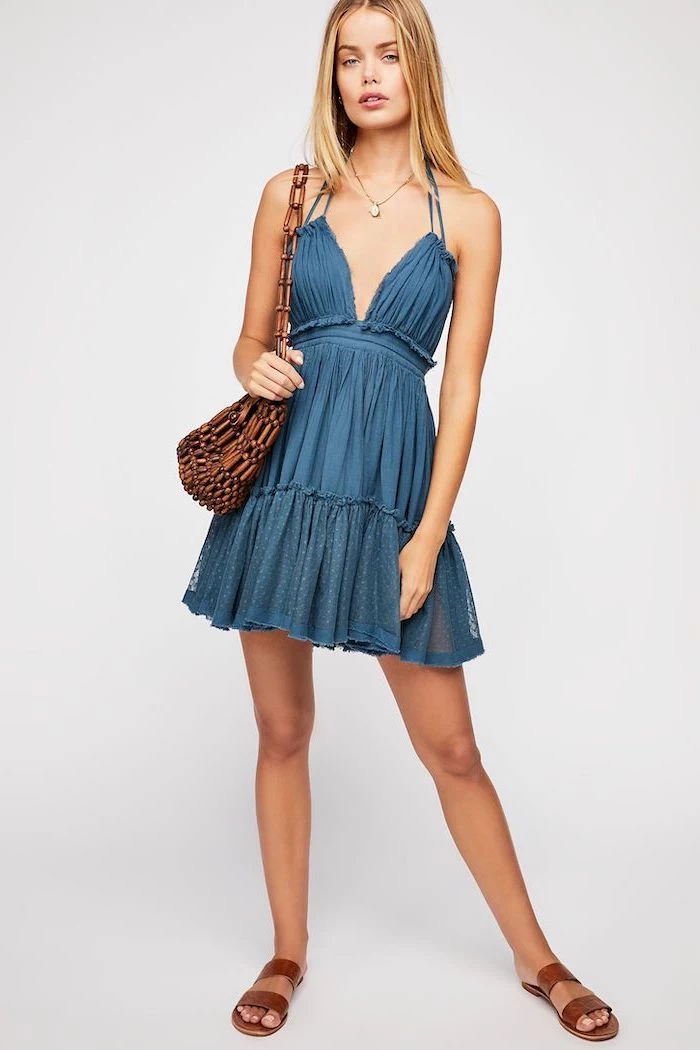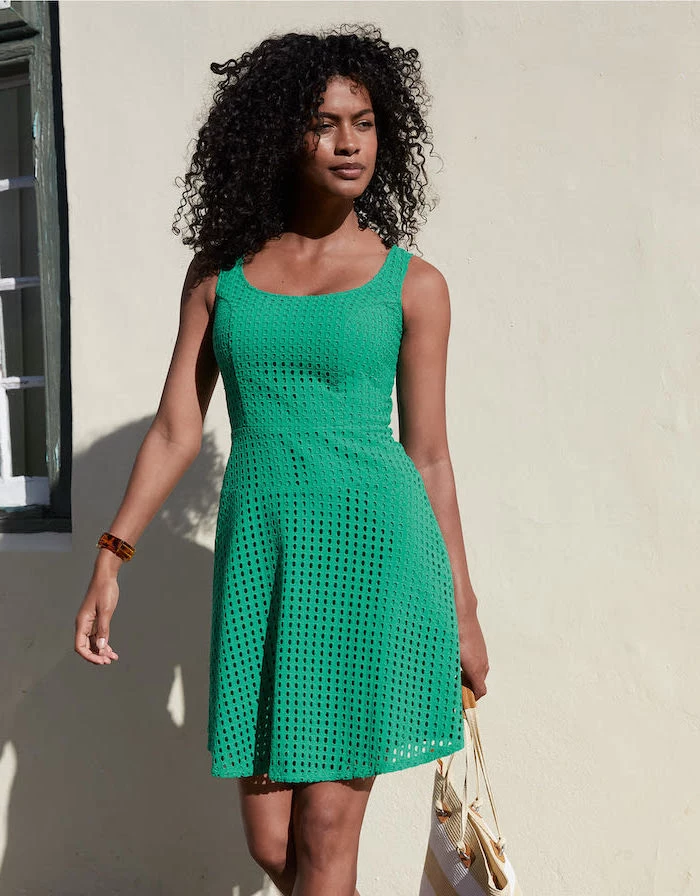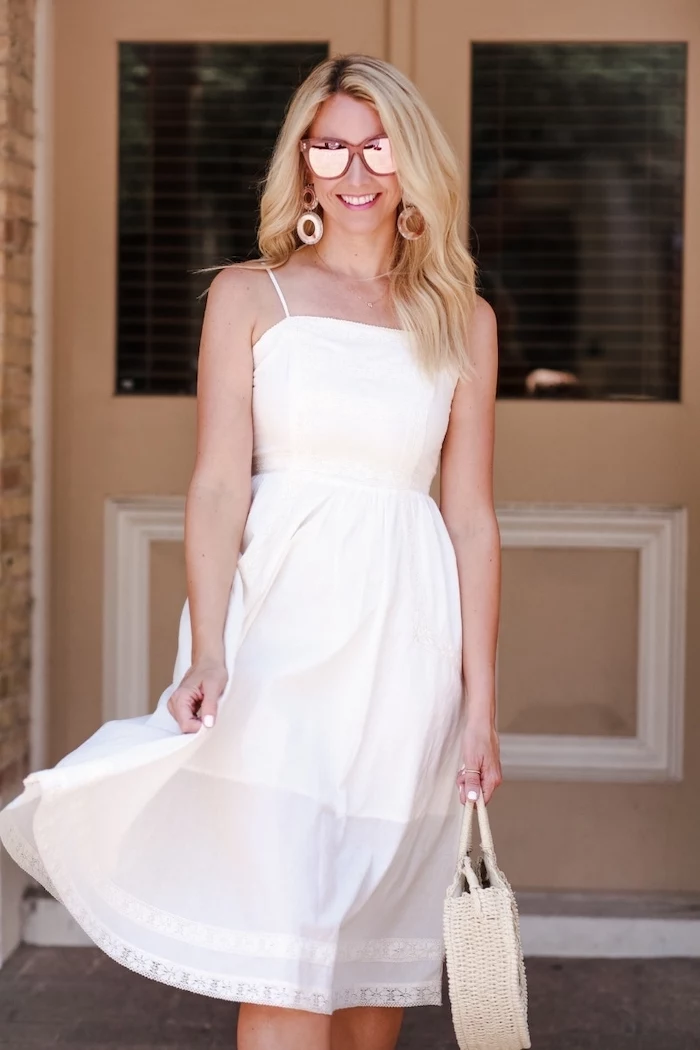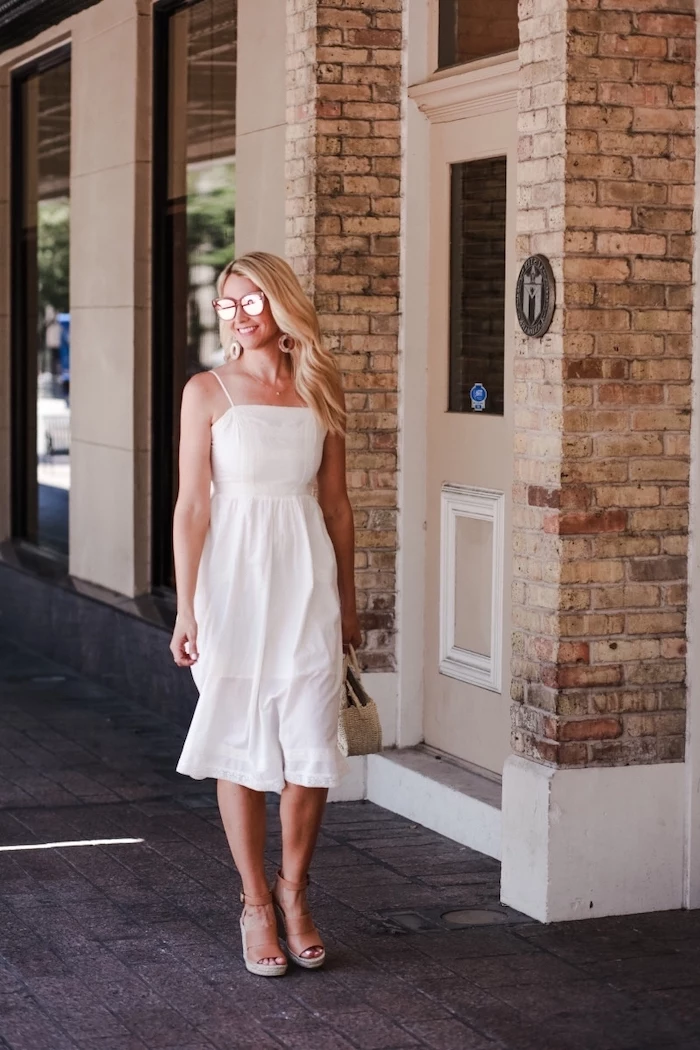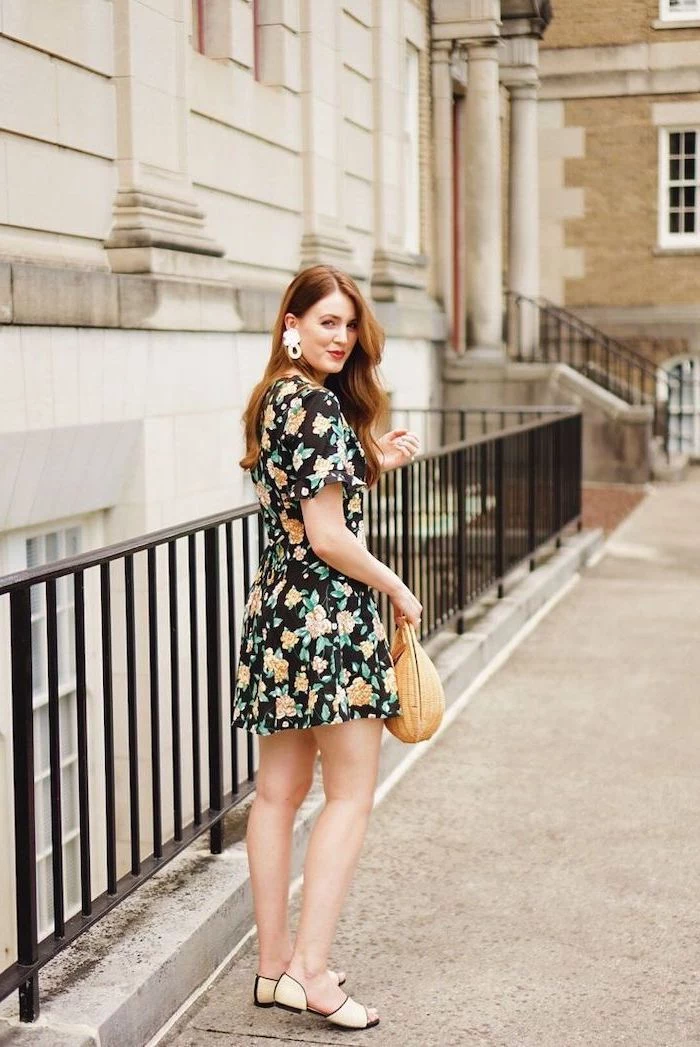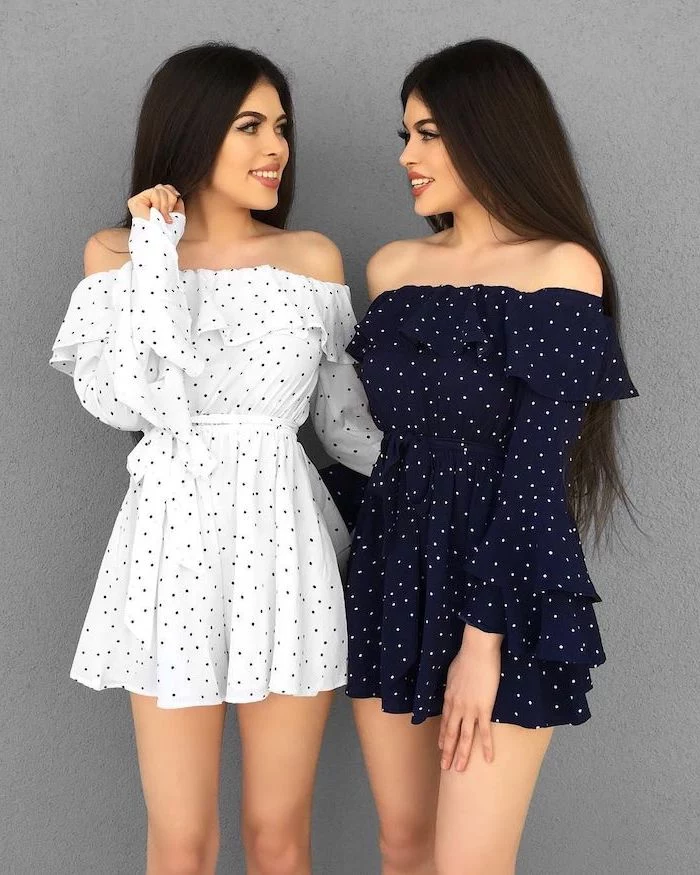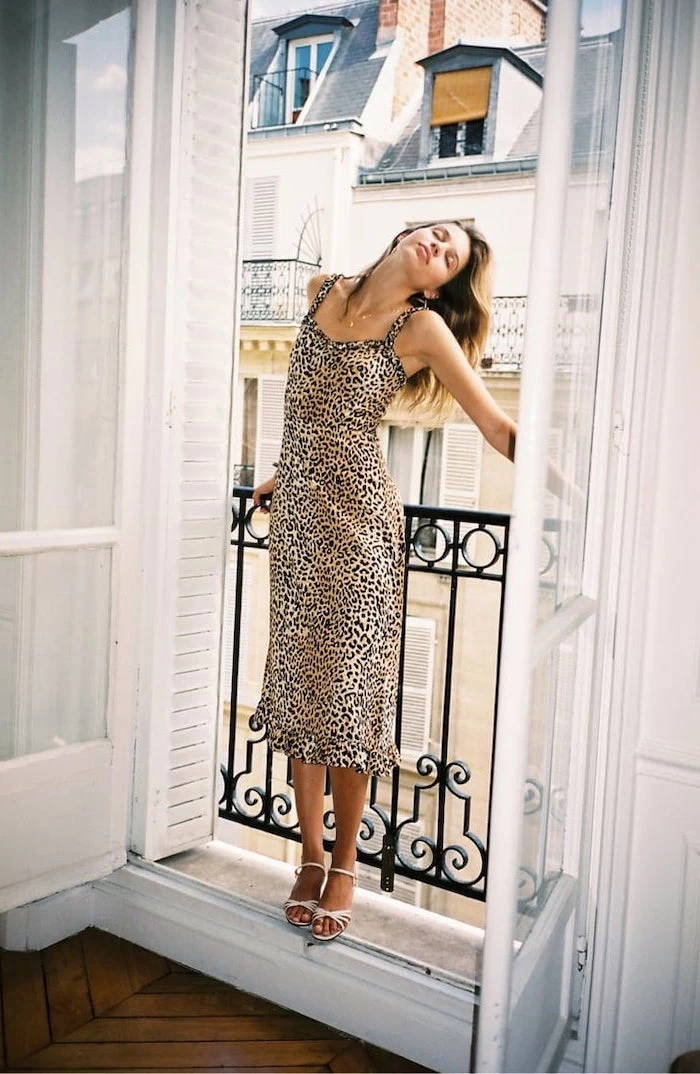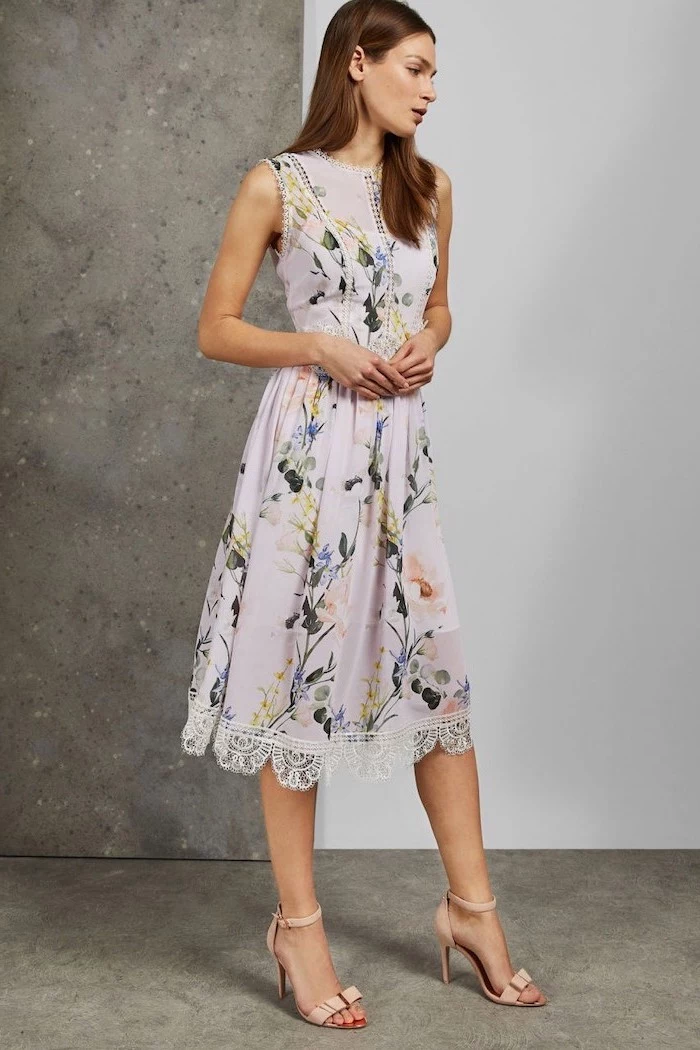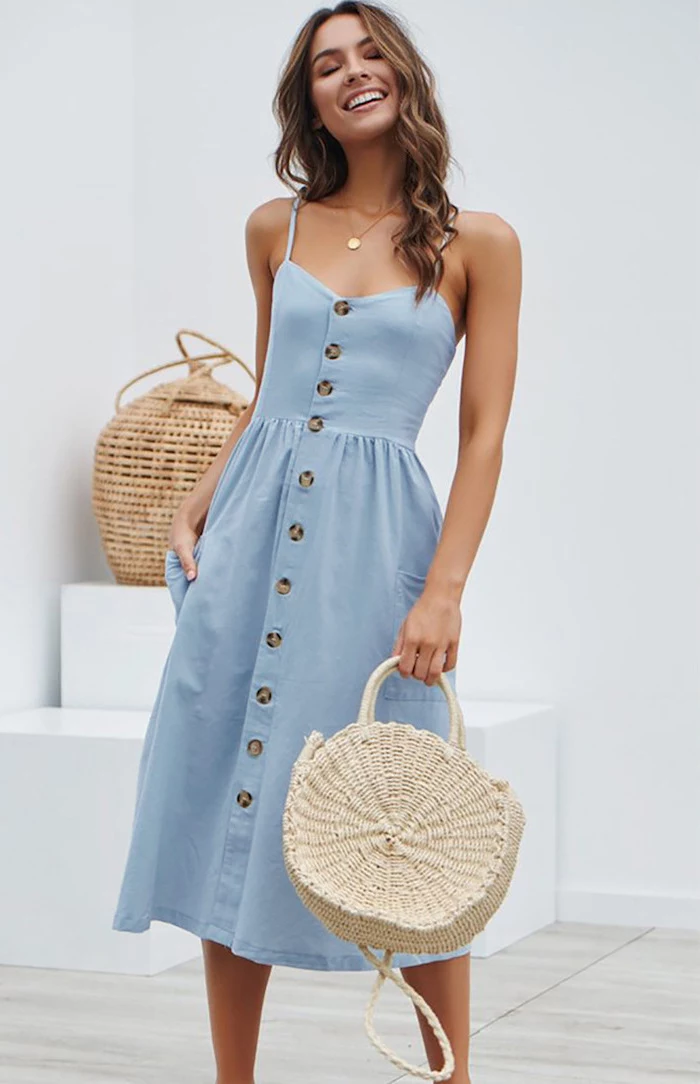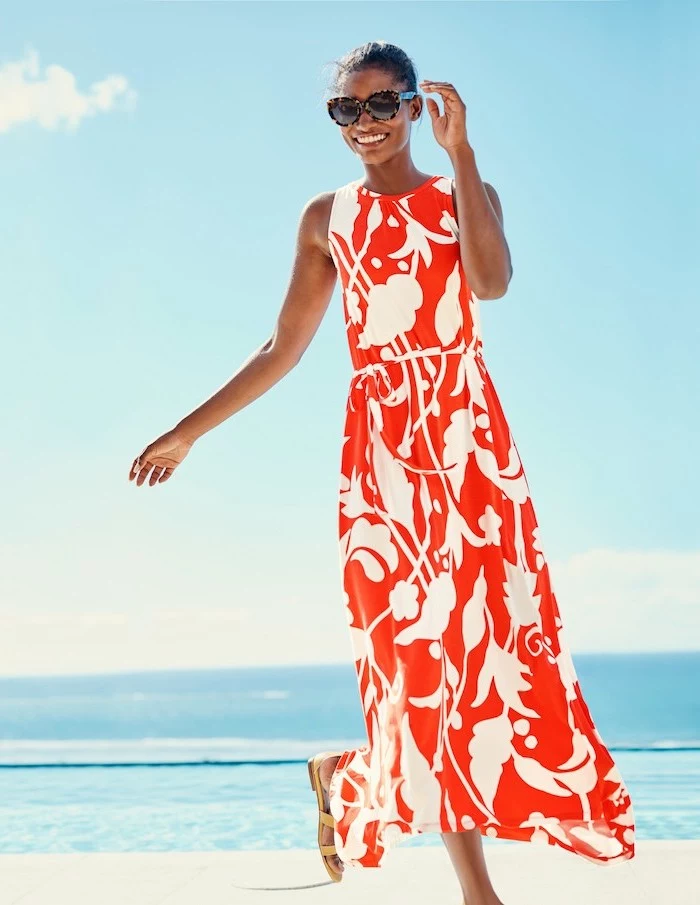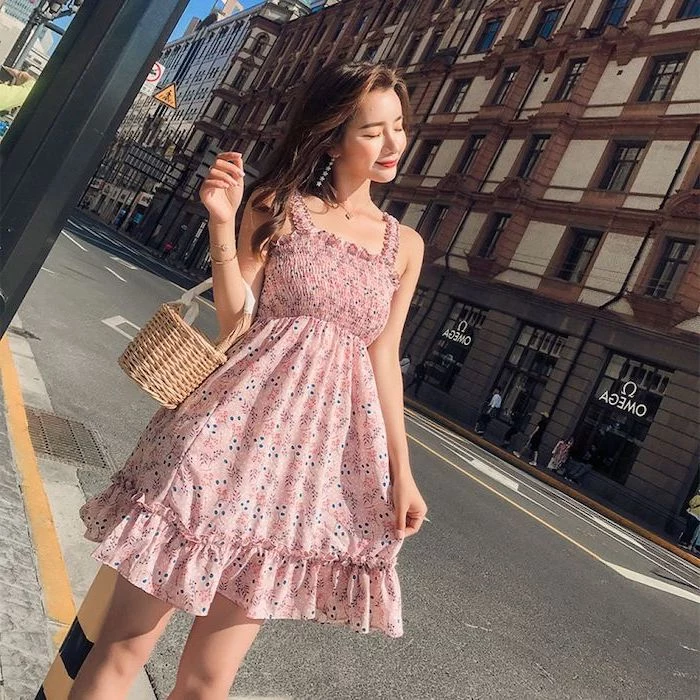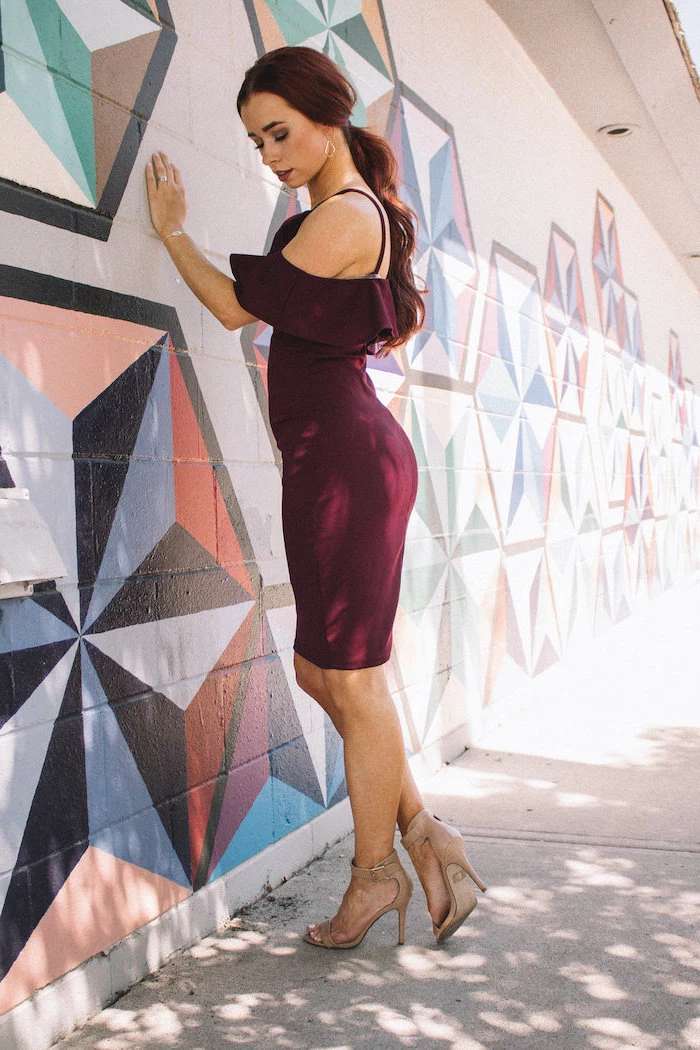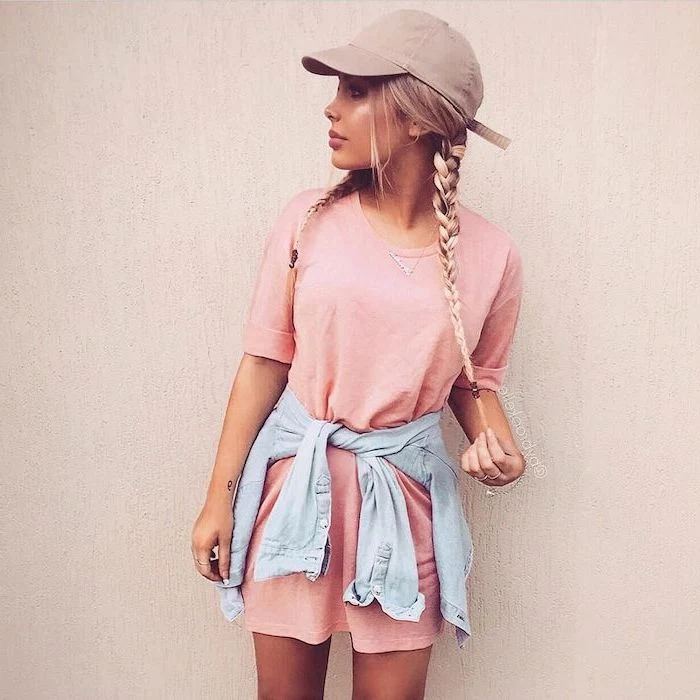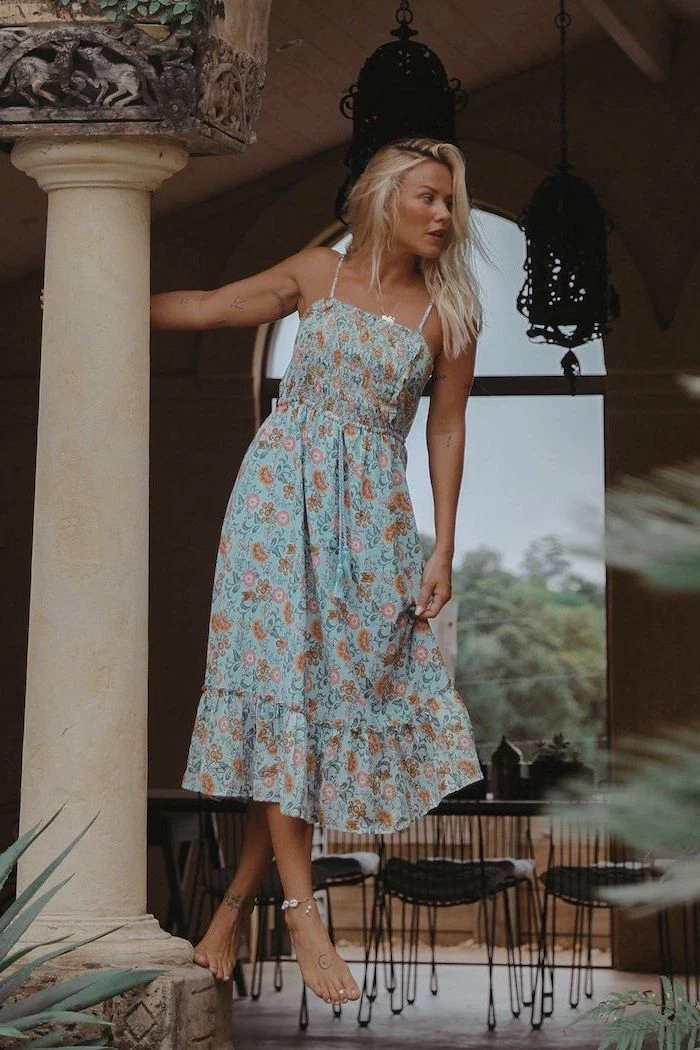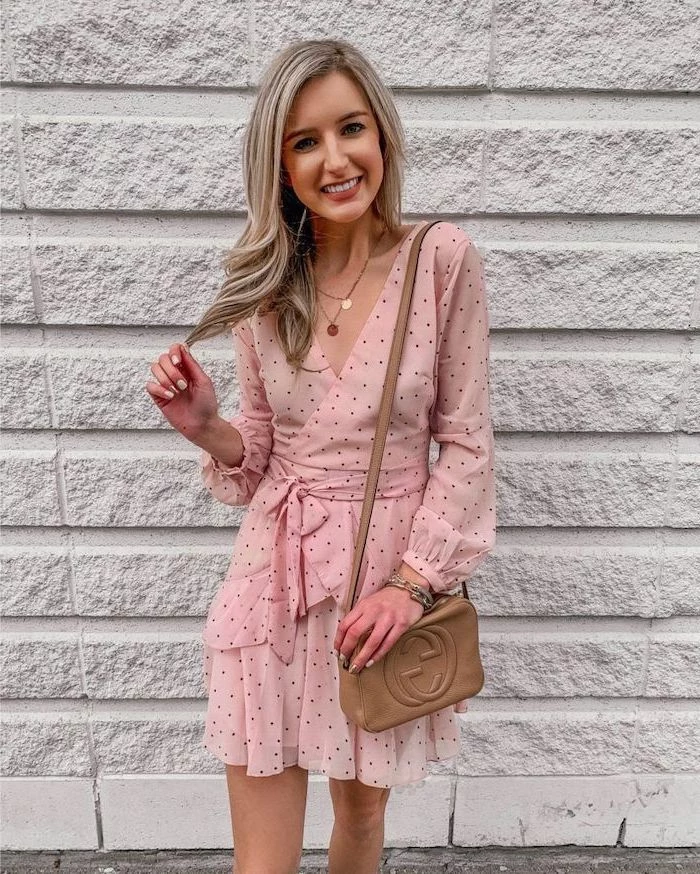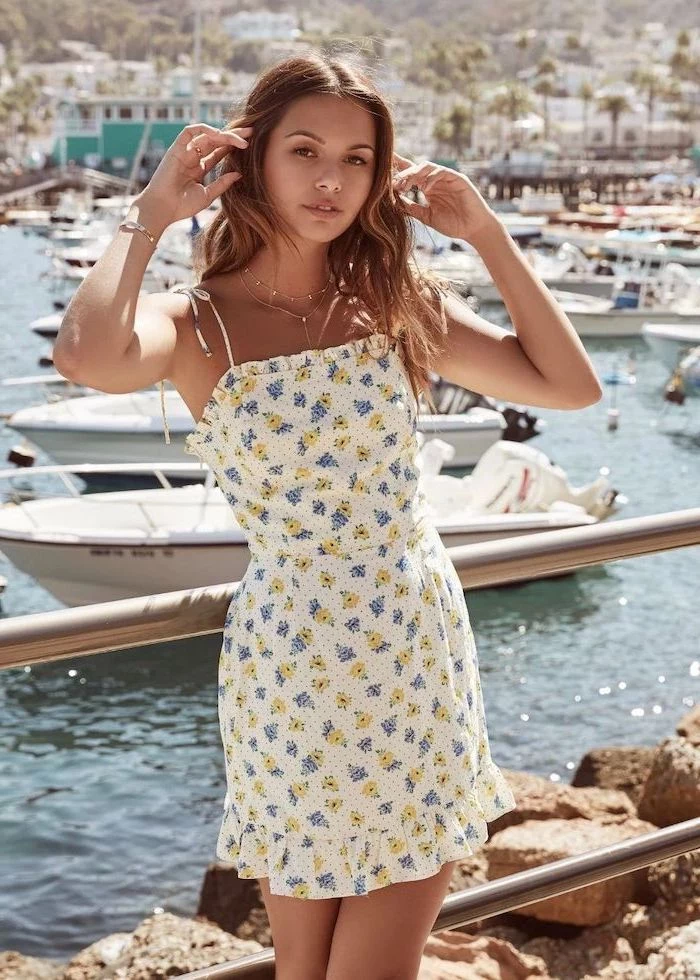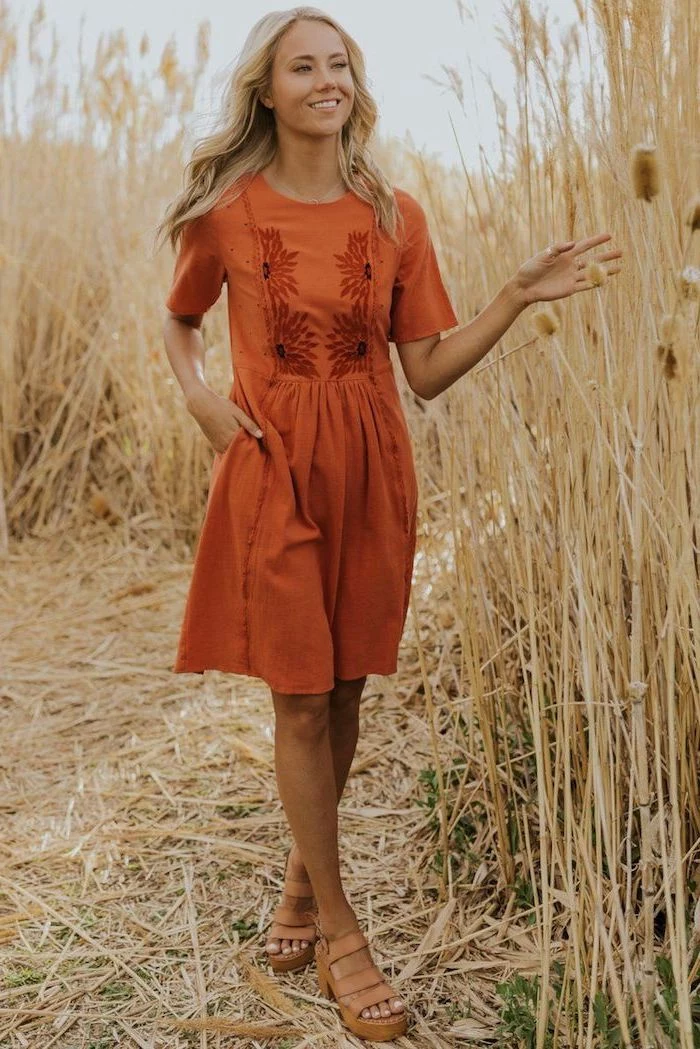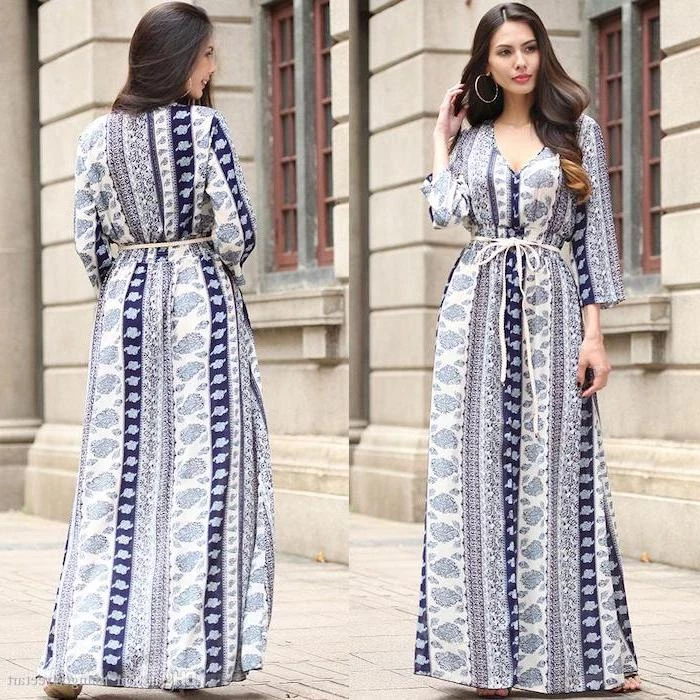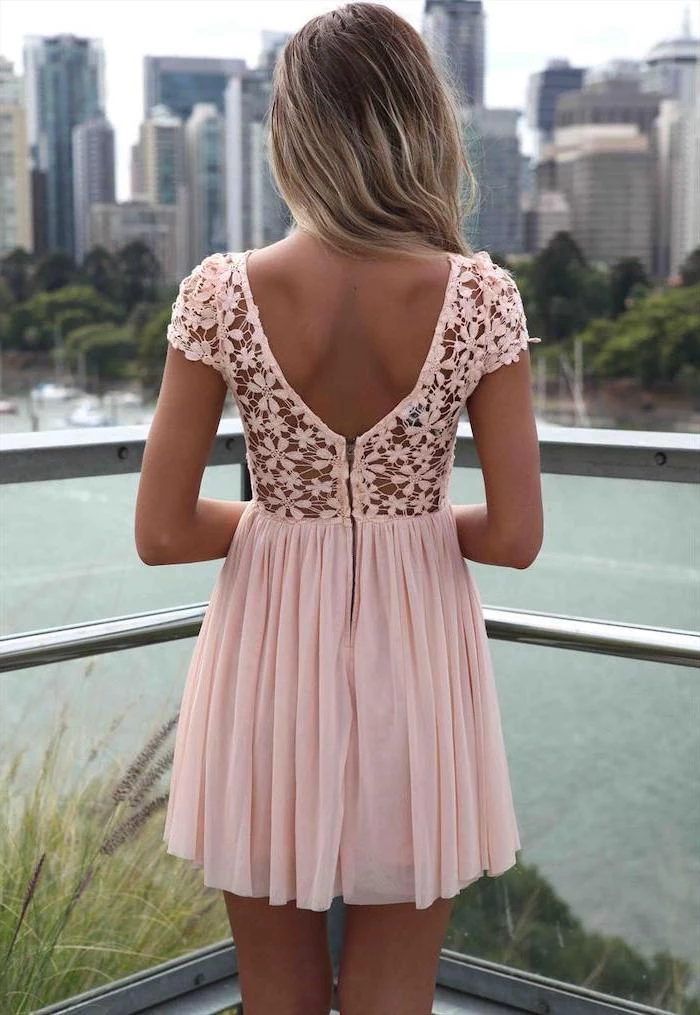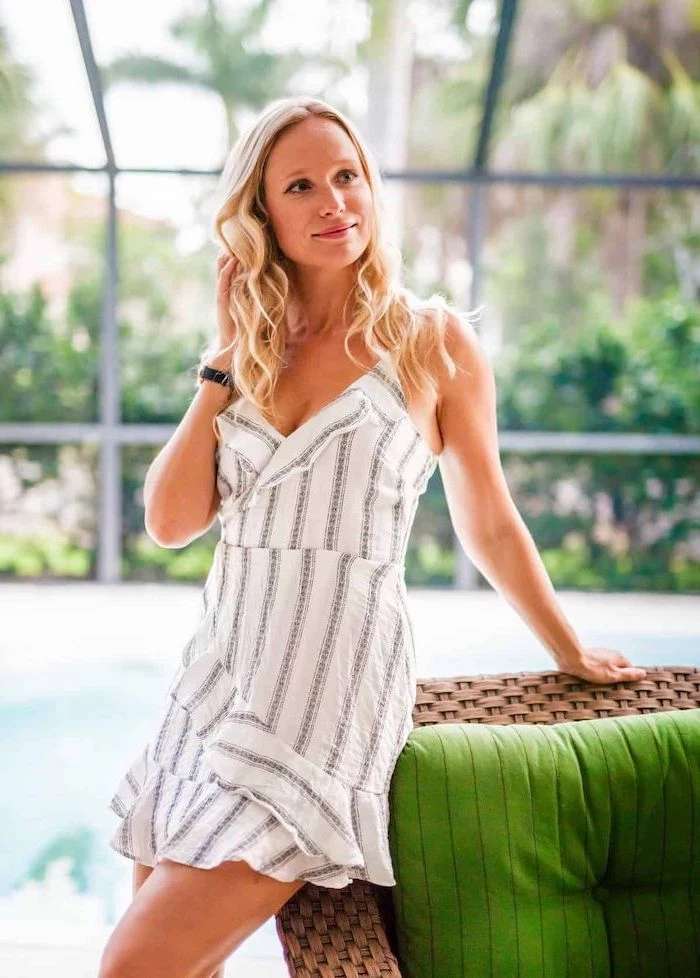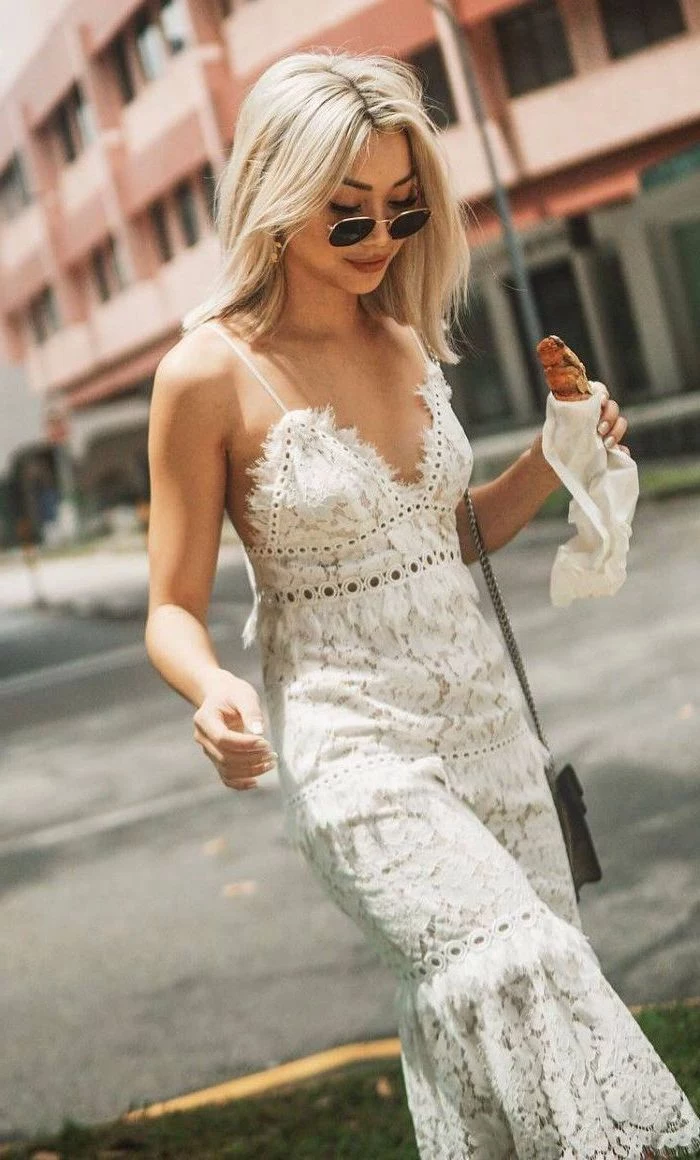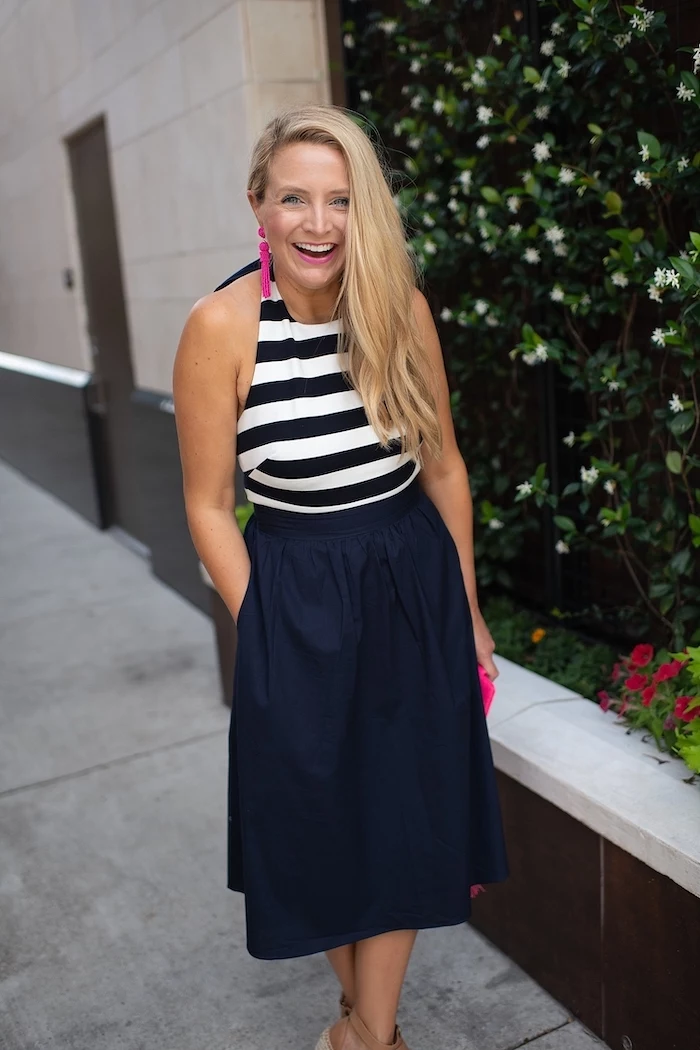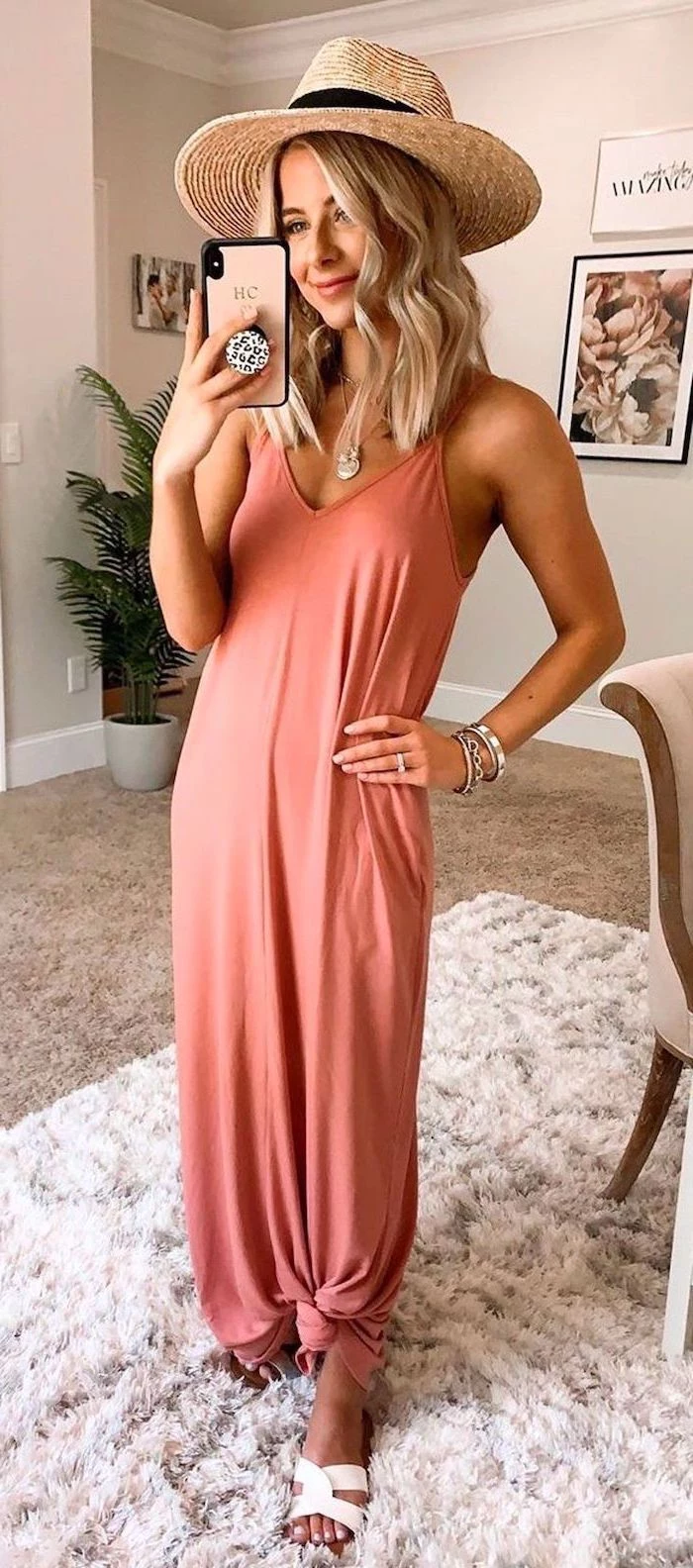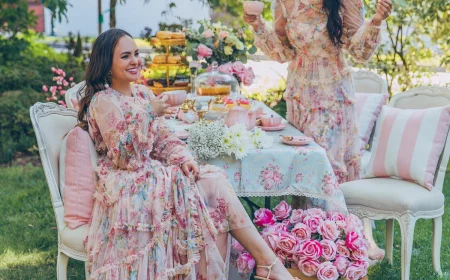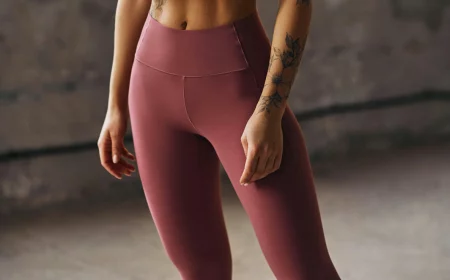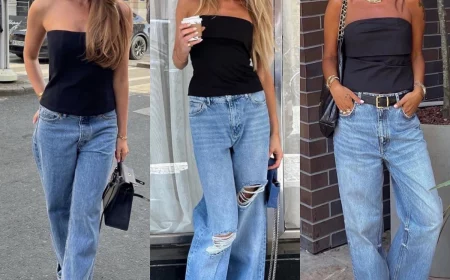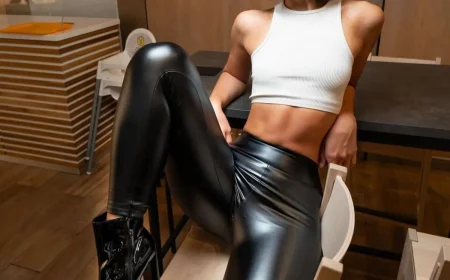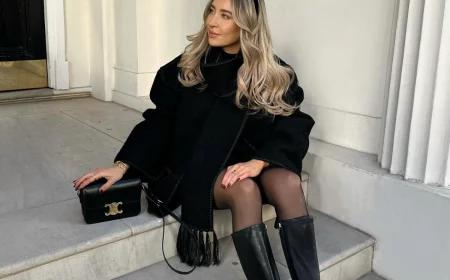Your Guide to Finding a Summer Dress That Actually Feels Good
I’ve spent more years than I can count working with textiles, and my hands can tell the difference between okay cotton and truly great cotton just by touch. I’ve seen gorgeous clothes last for a decade and cheap ones disintegrate after two washes. And honestly, summer dresses get a bad rap—people often treat them as disposable, one-season wonders. I think that’s a huge mistake. A genuinely good summer dress isn’t just a piece of clothing; it’s an investment in your own comfort and style.
In this article
So, this guide isn’t about what’s trendy this very second. Trends are fleeting, but the secrets to quality fabric and solid construction? Those are timeless. I want to show you how to look at a summer dress like a pro does, focusing on the fibers, the stitching, and the fit. My goal is to arm you with the knowledge to pick dresses that will keep you cool, look amazing, and be a go-to favorite for many summers.
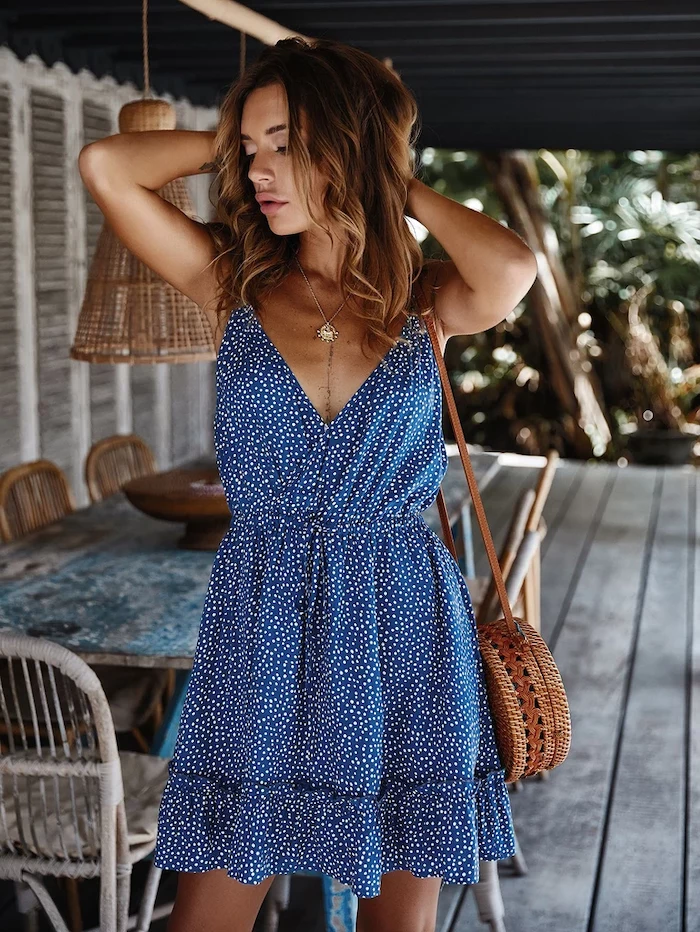
It All Starts with the Fabric
Let’s be real: the single most important part of a summer dress is the fabric. If the material doesn’t breathe, nothing else matters. You’ll just feel hot, sticky, and miserable. It’s simple science—your body sweats to cool down, and a good fabric lets that moisture evaporate. A bad one traps it right against your skin. This is why we have to start with the fibers themselves.
The Best Natural Fibers for Beating the Heat
Natural fibers have been around forever for a reason. They come from plants and generally breathe well, feeling great against the skin.
Cotton: The Everyday Workhorse
Cotton is everywhere, but not all cotton is created equal. The good stuff has longer fibers (what the pros call staple length), which creates a softer, stronger fabric. You’ll see terms like Pima or Supima, which are excellent indicators of this higher quality.
Heads up! A common trick on labels is the phrase “Made with Egyptian Cotton.” This could mean it’s only 5% of the good stuff and 95% cheap polyester. To be sure you’re getting quality, look for a tag that says 100% Pima or 100% Supima cotton.
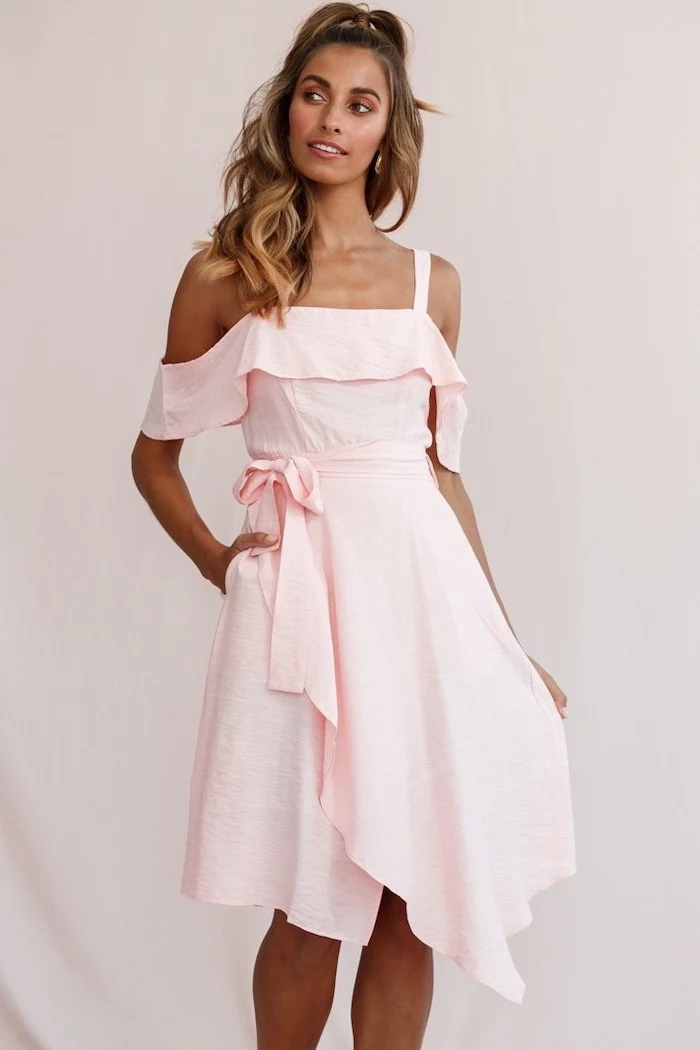
The weave is also a huge deal for summer comfort. You want something lightweight and open. Here are a few to keep an eye out for:
- Voile: Super lightweight and a bit sheer. It’s incredibly breathable, perfect for those oppressively humid days. It does wrinkle, but that’s part of its charm.
- Lawn: A cousin to voile, but a little crisper and less see-through. Cotton lawn is fine and soft, often used for beautiful printed dresses.
- Seersucker: You’ll recognize this one by its signature puckered texture. That pucker is designed to hold the fabric slightly off your skin, creating little air channels for cooling. It’s a classic for a reason.
- Poplin: A smooth, crisp fabric that’s a bit sturdier than voile or lawn but still breathes well. A great cotton poplin shirt dress is one of those pieces that never goes out of style.
Linen: The King of Summer Fabrics
In my book, linen is the ultimate summer fabric. It actually feels cool to the touch because its fibers are hollow and literally conduct heat away from your body. Plus, it can absorb a surprising amount of moisture before it even starts to feel damp.
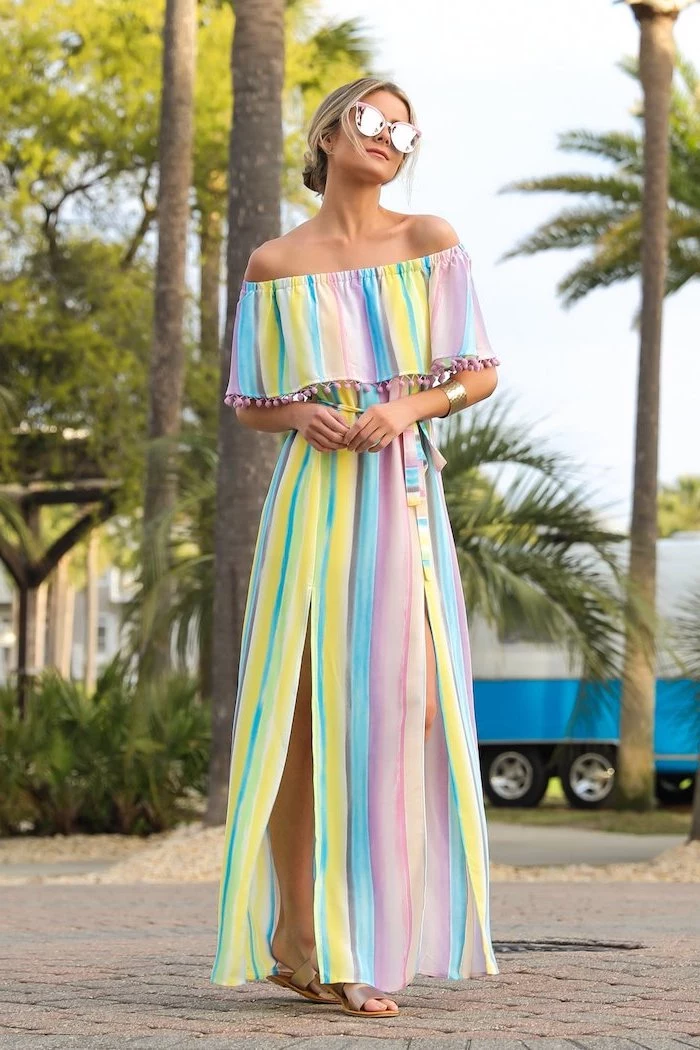
Of course, there’s the wrinkle factor. People complain about it, but I see it as a feature, not a flaw. Those wrinkles are proof you’re wearing pure, natural linen. And the best part? It just gets softer and more beautiful with every wash. A little tip from my own experience: if you don’t have time to iron, just hang your linen dress in the bathroom while you take a hot shower. The steam will release most of the major creases. It’s a lifesaver!
The Modern, Silky Alternatives
There’s a cool category of fabrics made from natural materials (like wood pulp) that are processed into fibers. The best ones give you the breathability of cotton with an amazing, fluid drape.
Tencel (Lyocell) and Modal: Soft & Sustainable
These have become incredibly popular, and for good reason. Both are types of rayon known for being ridiculously soft, with a smooth, almost silky feel. They hang beautifully and are fantastic at wicking moisture, making them a dream to wear in the heat. A dress made from Tencel often has a lovely, weighty drape that makes it look far more expensive than it is. You’ll find these used a lot by sustainable brands because they’re often produced in a closed-loop system, which is much kinder to the environment.
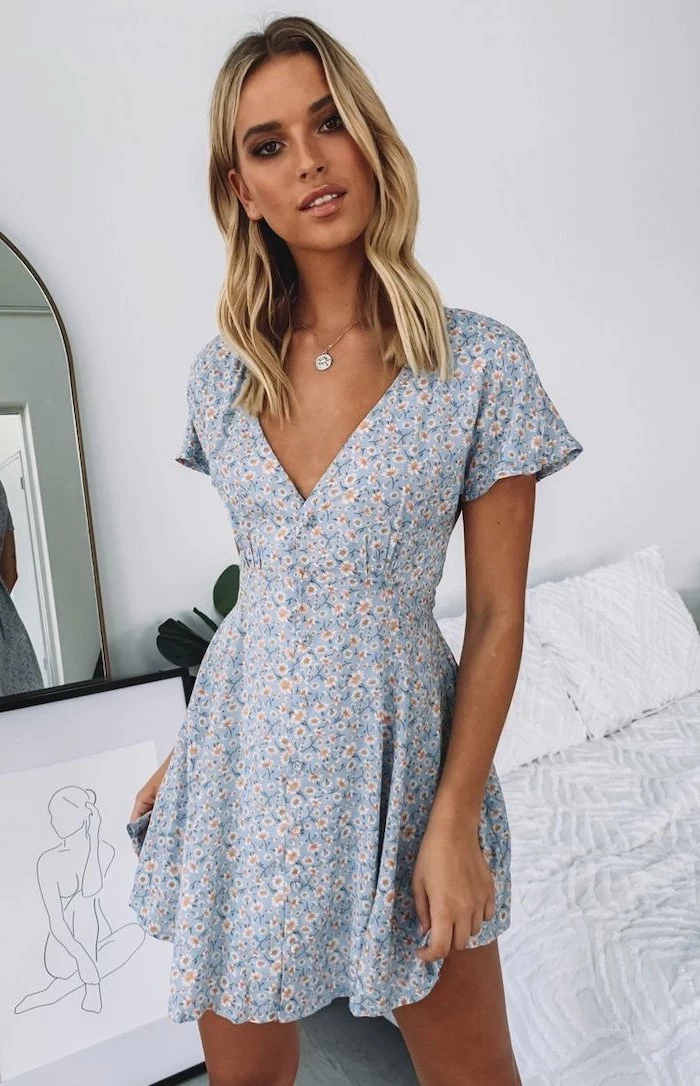
A Personal Warning About Viscose Rayon…
Standard viscose is also breathable and drapes nicely, but it has a fatal flaw: it loses about half its strength when wet. I learned this the hard way. I once bought a gorgeous viscose sundress on vacation, hand-washed it in the hotel sink, and it literally tore in my hands when I gently lifted it out of the water. I was heartbroken. That’s why I’m so serious when I say you MUST be delicate with it. Hand wash in cold water, never wring it out, and always lay it flat to dry.
Fabrics to Run Away From
Some fabrics are just a hard no for summer. Think of them as plastics. They don’t breathe. Wearing them on a hot day is like wrapping yourself in cling film.
Polyester, Nylon, and Acrylic
These synthetic, petroleum-based fibers are cheap and wrinkle-resistant, which is why fast fashion loves them. But they will make you feel like you’re in a sauna. They trap every bit of heat and sweat. A dress can look great on the hanger, but if that tag says 100% polyester, do yourself a favor and walk away. And don’t fall for blends! Even a “cotton/poly blend” with just 20% polyester can ruin the breathability of the entire garment, making it feel stuffy and cheap.
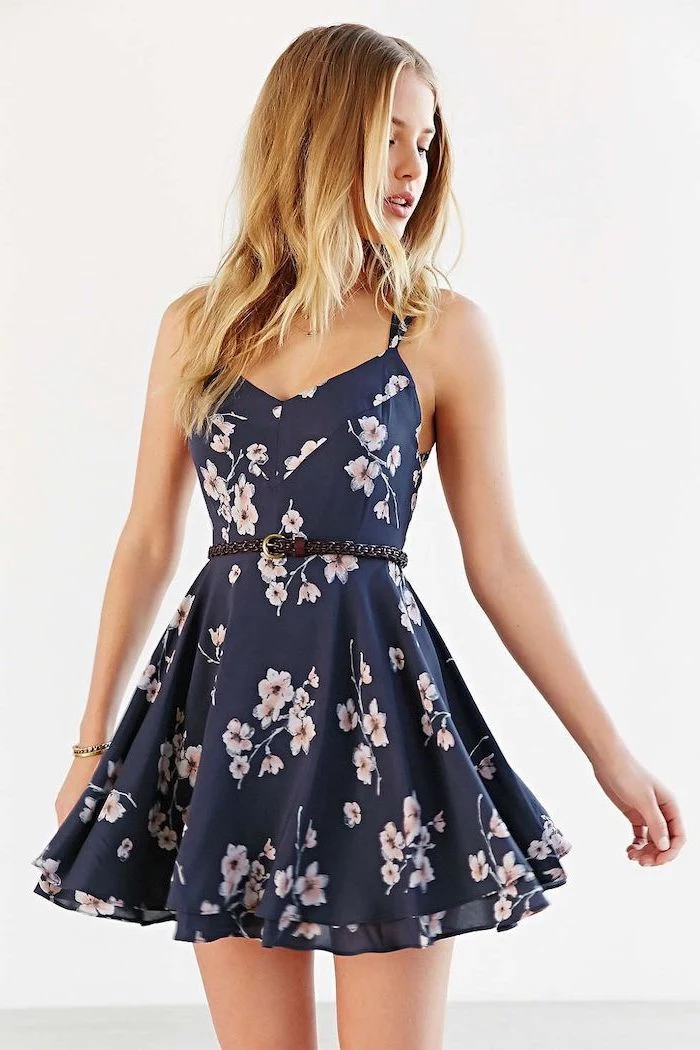
Quick Comparison: Picking Your Perfect Fabric
Sometimes it’s easier to see it all laid out. Since we’re not using tables, here’s a quick rundown to help you choose:
- For Linen:
- Feels Like: Crisp, cool to the touch, and gets softer over time.
- Wrinkle Factor: High. You have to embrace the relaxed look.
- Best For: The absolute hottest, stickiest days. Perfect for beach vacations.
- Care Level: Pretty easy. Machine wash cold, hang dry.
- For Cotton (Voile/Lawn):
- Feels Like: Soft, light, and airy.
- Wrinkle Factor: Medium to high.
- Best For: Everyday casual wear, printed dresses, and breathable comfort.
- Care Level: The easiest. Machine wash and dry on low.
- For Tencel/Modal:
- Feels Like: Incredibly soft, smooth, and silky with a fluid drape.
- Wrinkle Factor: Low. It travels really well.
- Best For: When you want to look a bit more dressed up but still stay cool. Great for an evening out.
- Care Level: A bit more delicate. Hand wash or use the gentle cycle with cold water.
- Check the Seams (Inside-Out): A high-quality garment will have French seams, where the raw edges are neatly tucked away inside another seam. It’s a beautiful, durable finish. The most common finish is a serged or overlocked seam, which is fine for casual clothes, but a French seam is a clear sign of craftsmanship.
- Examine the Lining: If the dress is lined, what’s the lining made of? This is a huge one. A gorgeous linen dress with a cheap, static-y polyester lining is a common trap. The lining completely cancels out the breathability of the outer fabric. A good dress will have a lining made of cotton, viscose, or cupro. If the lining feels synthetic and plasticky, put it back.
- Look for Pattern Matching: If the fabric has stripes, plaid, or a distinct floral pattern, see if the pattern lines up at the seams. Matching patterns takes more fabric and skill, so it’s a dead giveaway for a well-made piece.
- Inspect the Hem and Buttons: A deeper hem (an inch or more) helps a dress hang better and allows for future alterations. For buttons, are they sewn on tightly? Are the buttonholes neat? A spare button sewn inside is always a great sign.
- Test the Zipper: It should glide smoothly without any catching. An invisible zipper should be cleanly set right into the seam. Sometimes you’ll even spot a quality brand name on the zipper pull itself—a small sign that the maker didn’t cut corners.
- Keeps you exceptionally cool and dry.
- Has a unique, slightly crisp texture.
- Naturally antibacterial and strong.
- A-Line: Fitted at the bust and flaring out, it’s universally flattering and allows for excellent air circulation.
- Shift: A straight cut with little to no waist definition, offering a minimalist look and ultimate, non-restrictive comfort.
- Wrap Dress: The adjustable tie-waist makes it incredibly versatile for different body shapes and perfect for transitioning from a casual lunch to an evening out.
- Check the armholes. They shouldn’t be too tight, restricting movement, or so loose that your bra is fully exposed.
- Bend over. A quick ‘modesty check’ ensures the neckline doesn’t gape and the hem provides adequate coverage.
- Sit down. A dress that feels perfect when standing might become uncomfortably tight or short when you’re seated at a patio table.
- It must have pockets.
- It must not require special undergarments.
- It must be comfortable enough to wear for 8+ hours.
- It must be machine washable.
Your 5-Point Dressing Room Quality Check
A beautiful fabric can be totally wasted by sloppy construction. These little details are what separate a dress that lasts for years from one that’s a one-hit-wonder. Next time you’re in the dressing room, pull up this mental checklist.
Let’s Talk Money and Where to Shop
Quality costs more upfront, but it pays off. So what should you expect to spend? A cheap, 100% polyester dress from a fast-fashion site might be $25, but it’s basically disposable. For a decent 100% cotton dress from a place like Target or Old Navy, you might be in the $40-$70 range. When you step up to a quality 100% linen or Tencel dress from a specialty online boutique or a department store, you’re likely looking at a starting point of around $100-$180, and it can go up from there. Think of it as cost-per-wear—the $150 linen dress you wear 50 times is a better value than the $25 polyester one you wear twice.
Finding a Fit That Works for You
Even the most perfect fabric won’t feel good if the fit is off. For summer, you generally want a silhouette that allows for airflow and easy movement.
Classic shapes like the A-Line (fitted at the chest, flaring out), the timeless Shirt Dress, or the famously versatile Wrap Dress are popular for a reason—they’re comfortable and flattering on lots of body types. Smocked or shirred styles, which use elastic thread to create a stretchy panel, are also fantastic for a flexible, comfy fit without needing zippers.
Your Secret Weapon: A Good Tailor
It is so rare to find clothing that fits perfectly off the rack. This is where a tailor becomes your best friend. Simple tweaks can make a world of difference. For example, you can expect to pay around $20-$30 to get a dress hemmed or $25-$45 to take in the side seams. It’s a small price to pay to make an $80 dress look and feel like it was custom-made for you.
A Final Thought on True Value
I get it. The temptation to grab a few cheap, trendy dresses each summer is real. But I’ve learned that true value comes from quality. One amazing linen dress that fits you like a glove will bring you so much more joy than five polyester ones. It’ll feel better, it’ll last longer, and it will become that trusted friend you reach for every time the sun comes out.
I hope this gives you the confidence to look beyond the price tag and the trend of the moment. Choose well, care for your clothes, and you’ll build a wardrobe of summer pieces you truly love.
Inspirational Gallery
The global textile industry produces over 100 billion garments each year.
Choosing a summer dress built to last is a powerful act of sustainability. Instead of buying three cheap dresses that fall apart, invest in one high-quality piece. Look for French seams or felled seams, which enclose the raw edges and are a true indicator of craftsmanship designed for longevity.
The Undergarment Dilemma: A beautiful dress can be ruined by the wrong foundation. For thin straps or racerbacks, consider a convertible bra. For backless styles, adhesive bras or cups from brands like NuBra are a game-changer. For sheer white linen or cotton, always opt for nude, seamless underwear that matches your skin tone, not the dress.
What about rayon or viscose?
These semi-synthetic fibers, made from regenerated cellulose (like wood pulp), can feel wonderfully soft and have a beautiful drape, mimicking silk at a lower price point. They are great for flowy, romantic dresses. However, be cautious: they can shrink significantly if not washed carefully. Always check the care label—’dry clean only’ is a red flag for easy summer living. ‘Cold wash, hang dry’ is what you want to see.
The secret? It’s Ramie. This lesser-known natural fiber from the nettle family behaves much like linen but has a subtle, almost silky luster. It’s a fantastic, durable alternative for a high-performance summer staple.
When in doubt, check the buttons. Plastic buttons that are flimsy or poorly sewn on are a sign of cost-cutting throughout the garment. Quality dresses often feature more substantial options like mother-of-pearl, corozo (nut), or wood. It’s a small detail that speaks volumes about the overall construction.
Don’t fear the wrinkle: A key part of embracing natural fibers like linen is accepting their character. A few creases in a linen dress from a brand like Posse or Faithfull The Brand isn’t a flaw; it’s a sign of a relaxed, effortless summer elegance. Over-ironing can make them look stiff and unnatural. Embrace the charm of a day well-lived.
Consider the power of the silhouette. While the article focuses on fabric, the cut is crucial for comfort and style.
“I have always believed that fashion was not only to make women more beautiful, but also to reassure them, give them confidence.” – Yves Saint Laurent
This is the ultimate goal of a great summer dress. It shouldn’t just look good on a hanger; it should make you feel poised and comfortable in your own skin, even on the most sweltering day. It’s a wearable piece of confidence.
Linen Care 101: To keep your linen dress soft and beautiful for years, machine wash it on a gentle, cool cycle with a mild detergent. The key is to never use a machine dryer. High heat can damage the fibers. Instead, hang it to dry or lay it flat. It will be softer and last much, much longer.
Is a black dress too hot for summer?
Not necessarily! While it’s true that black absorbs more light (and thus, heat), the fabric and fit are far more important. A loose, flowy black dress made from breathable Tencel™ or lightweight cotton voile will feel significantly cooler than a tight, white polyester dress. It’s all about breathability over color.
The Slip Dress Revival: The 90s slip dress is back, but with a modern twist. Look for versions in sand-washed silk or cupro for a matte, luxurious feel. Worn alone, it’s minimalist perfection. Layered over a simple white tee, it becomes a chic, casual daytime outfit. It’s one of the most versatile summer silhouettes you can own.
Pay attention to the print’s direction and placement. On a quality garment, patterns like stripes or plaids will match up at the seams. A mismatched seam, where the pattern is jarringly interrupted, is a clear sign that the manufacturer cut corners to save fabric. This is especially noticeable on dresses from brands that prioritize prints, like the iconic DVF wrap dress.
Fact: Tencel™ Lyocell fibers are certified as compostable and biodegradable, meaning they can fully revert back to nature.
This eco-friendly credential is why brands like Reformation and Patagonia have embraced Tencel™. It offers a silky drape and excellent moisture-wicking properties, all while being a genuinely sustainable choice. It’s the perfect fabric for the eco-conscious consumer who doesn’t want to compromise on feel or performance.
The secret weapon for a polished look? A good quality belt. A simple cotton t-shirt dress can be instantly elevated with a tan leather or woven raffia belt. It defines the waist and adds a touch of intentionality, transforming a very casual piece into a structured, put-together outfit.
Cotton Chambray: This fabric looks like denim but is much lighter and softer, making it an ideal choice for a summer dress. It has a casual, utilitarian charm but is far more breathable than actual denim. Perfect for a button-down shirt dress or a simple tiered style.
Cotton Voile: This is the opposite of chambray—it’s semi-sheer, feather-light, and ethereal. It’s often used for linings or as the primary fabric for beachy, romantic dresses that feel like you’re wearing almost nothing.
Choose chambray for structure and durability; opt for voile for the ultimate in lightweight airiness.
Don’t underestimate the thrift store. Secondhand shops are treasure troves for high-quality vintage dresses made from natural fibers. Look for dresses from the 70s and 80s, which often feature 100% cotton or linen fabrics and superior construction that is rare in today’s fast fashion.
The ‘handfeel’ is a term textile experts use for the sensation of a fabric against the skin. Before buying, always touch the dress. A quality cotton should feel smooth and slightly cool, not rough or starchy. Linen should have a textured, substantial feel that hints at its durability. Trust your sense of touch—it often knows quality before your eyes do.
This isn’t a demanding list; it’s the definition of a truly practical, ‘workhorse’ summer dress. Before you buy, ask yourself if it meets these criteria for true, everyday ease.
A word on smocking: The gathered, elasticated fabric often seen on the bodices of ‘cottagecore’ dresses is more than just a trend. When done well, smocking provides incredible comfort and a flexible fit that adapts to your body, eliminating the need for zippers or complicated closures. It’s a centuries-old technique that offers modern, forgiving comfort.
White isn’t just one color. In textiles, you’ll find optic white (a stark, bright white), ivory (with a creamy, yellow undertone), and ecru (the natural, unbleached color of cotton or linen).
Optic white can feel crisp and modern, but sometimes looks harsh. Ivory and ecru offer a softer, more romantic, and often more versatile look that pairs beautifully with leather accessories and a summer glow.
How do I pack a dress to avoid wrinkles?
The secret is tissue paper. Lay the dress flat on a sheet of acid-free tissue paper (the kind used for gift wrapping). Place another sheet on top. Fold the dress with the paper inside. The paper acts as a cushion between the folds, drastically reducing sharp creases during travel.
The power of a lining: A cheap, synthetic lining (often 100% polyester) can make you feel like you’re wearing a plastic bag, trapping heat and moisture. A high-quality summer dress will either be unlined for maximum airflow or lined with a lightweight, breathable material like cotton voile or viscose. Always check the lining’s fabric composition tag—it’s as important as the outer shell.
Think beyond florals. While a classic choice, consider a sophisticated geometric print, a timeless Breton stripe, or an elegant polka dot. A dress in a solid, vibrant color—like cobalt blue, kelly green, or marigold yellow—can make an even stronger statement and often feels more versatile for different occasions. Brands like COS and Everlane excel at these impactful, solid-color dresses.
A simple DIY to elevate a basic dress: change the buttons. Swapping out standard plastic buttons for unique vintage glass, natural corozo, or sleek metal ones is a 15-minute project that can make an inexpensive dress from a brand like Old Navy or GAP look significantly more high-end and personalized.
